Visiting Auschwitz should be on everyone’s travel to-do list. EVERYONE. Regardless of how into World War II history you are, or whether or not you’ll already be in Poland, this is such an important place. Perhaps one of the most important places you can visit on this planet.
For that reason, planning a trip here can feel overwhelming—logistically and emotionally. So, I’ve put together this straightforward guide on how you can make this essential trip a reality. And if there’s anything about visiting Auschwitz that I didn’t answer for you, please let me know in the comments or reach out here.
What is Auschwitz-Birkenau?
I‘m going to keep it brief here since you probably already know what Auschwitz is, for the most part. So just indulge me while I present you with at least the most essential information on it.
Brief history of Auschwitz
The Nazi regime opened its first concentration camp on March 22, 1933 at Dachau—a “detention camp” for political prisoners. By the war’s end twelve years later, the regime had established more than 44,000 camps, subcamps, and various other incarceration sites. (Yes, 44,000!)
It’s impossible to know how many total people the SS killed in these camps during that time. But, just between the six extermination camps—Auschwitz, Chełmno, Belzec, Majdanek, Sobibór, and Treblinka—the Nazis killed an estimated 2.8 million people, most of whom were Jews. Of that, one million were killed at Auschwitz, the most of any Nazi killing center. That’s why you hear about this one more than any of the others.
Even more shocking is for how brief a period Auschwitz actually operated. It opened on June 14, 1940 and was liberated by the Soviets on January 27, 1945. One million murdered in just 4.5 years.
Also read my full guide to visiting Dachau Concentration Camp here.
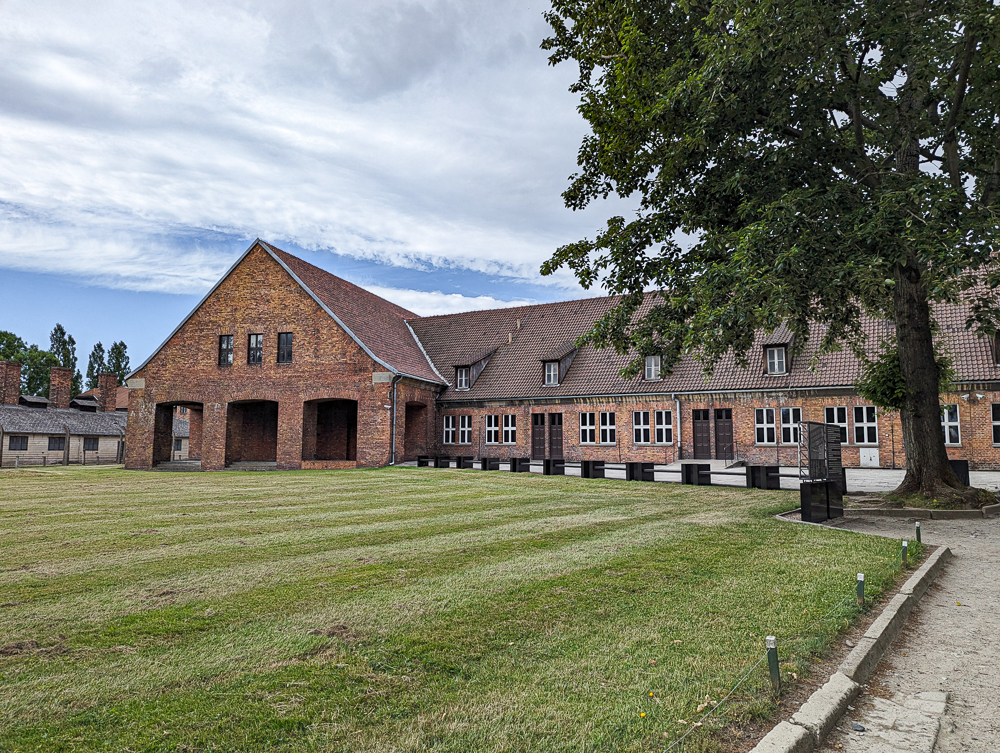
Auschwitz as a killing center
At first, Auschwitz was to be your typical (horrible) Nazi internment camp. It wasn’t until the regime began to implement its “final solution to the Jewish question” that it became a full-fledge extermination center. The first mass deportation of Jews to Auschwitz (specifically for extermination) arrived from Slovakia on March 26, 1942.
From this point forward, the SS sent almost everyone who arrived at Auschwitz straight from the train cars into the gas chambers, with the rare exception of some who appeared capable of slave labor. Of the estimated 1.1 million Jews deported to Auschwitz, 865,000 of them died in the gas chambers immediately upon arrival.
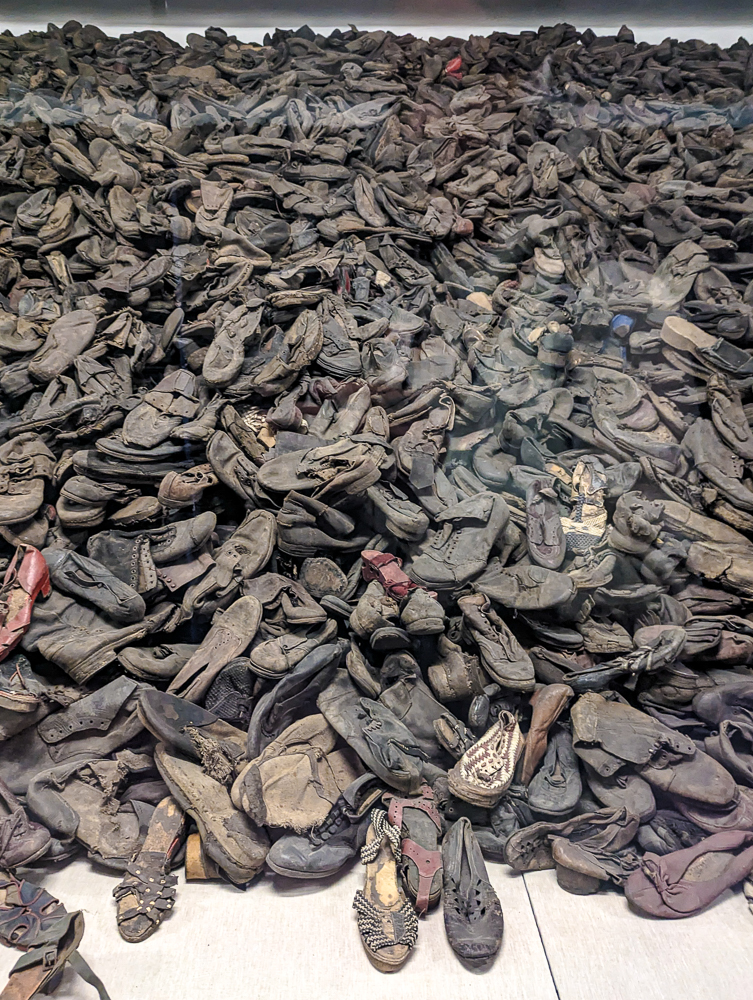
Auschwitz-Birkenau Concentration Camp is often abbreviated KL-Auschwitz. KL is the abbreviation for the German word Konzentrationslager (concentration camp). This is also sometimes abbreviated as KZ as in the case of KZ-Dachau.
Auschwitz today
As the Allies closed in towards the end of the war, the Nazis tried desperately to hide evidence of their mass atrocities. Many camps were hastily liquidated—their prisoners sent on “death marches” across the country as the Nazis burned, blew up, or otherwise tried to destroy the camps themselves.
As a result, many former camp sites today lack historical evidence like original buildings and other structures. Some simply operate as memorial sites now, with little to no physical evidence a camp even existed there. (Like at Treblinka and Sobibór, for example.) However, such is not the case at Auschwitz.
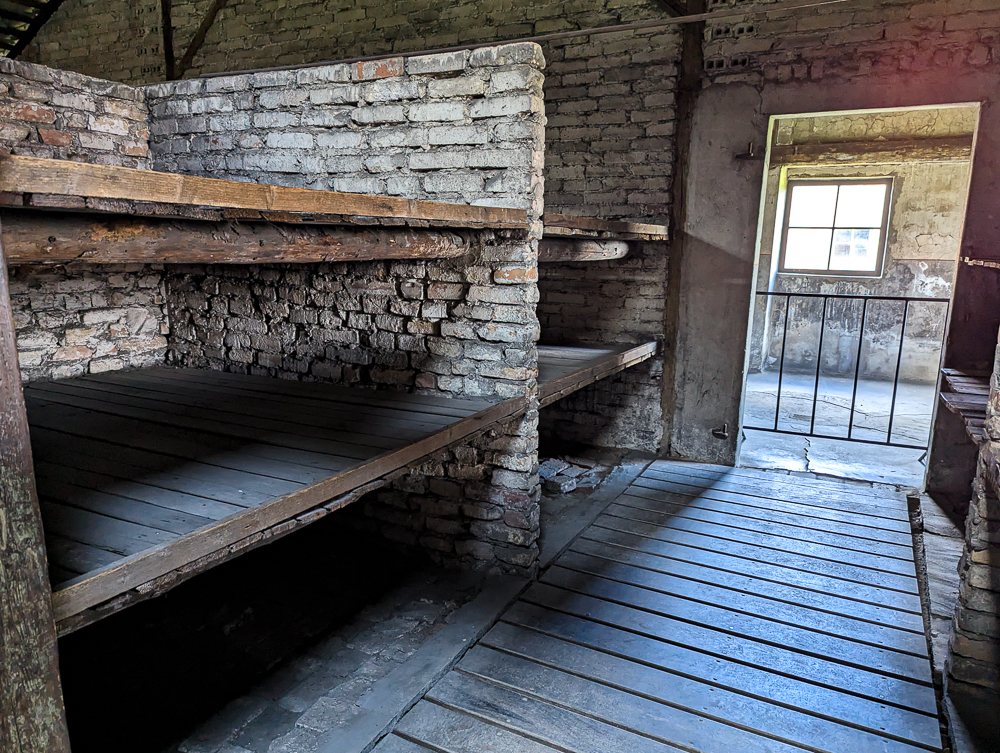
Fearing fierce retribution if the Allies found the camp intact (and the prisoners alive and willing to testify), the SS rushed to liquidate the camp. Between January 17-21, 1945, approximately 56,000 prisoners were sent on death marches westward through Poland. Additional prisoners were evacuated by train.
Back at the camp, the SS began destroying as much evidence as possible, starting with operational documents and prisoner records. Barracks were dismantled, confiscated prisoner belongings were packed up and shipped to Germany, the warehouses were looted and then set ablaze, and the camp’s crematoria were hastily blown up on the way out.
Thankfully, in their race to leave, they failed to destroy most of the camp. Today, you can still visit the many prisoner barracks and most important buildings. You can also see the ruins of the gas chambers and crematoria as well as the train unloading platform, the infamous entrance gate, original guard towers, electric fences, and so much more.
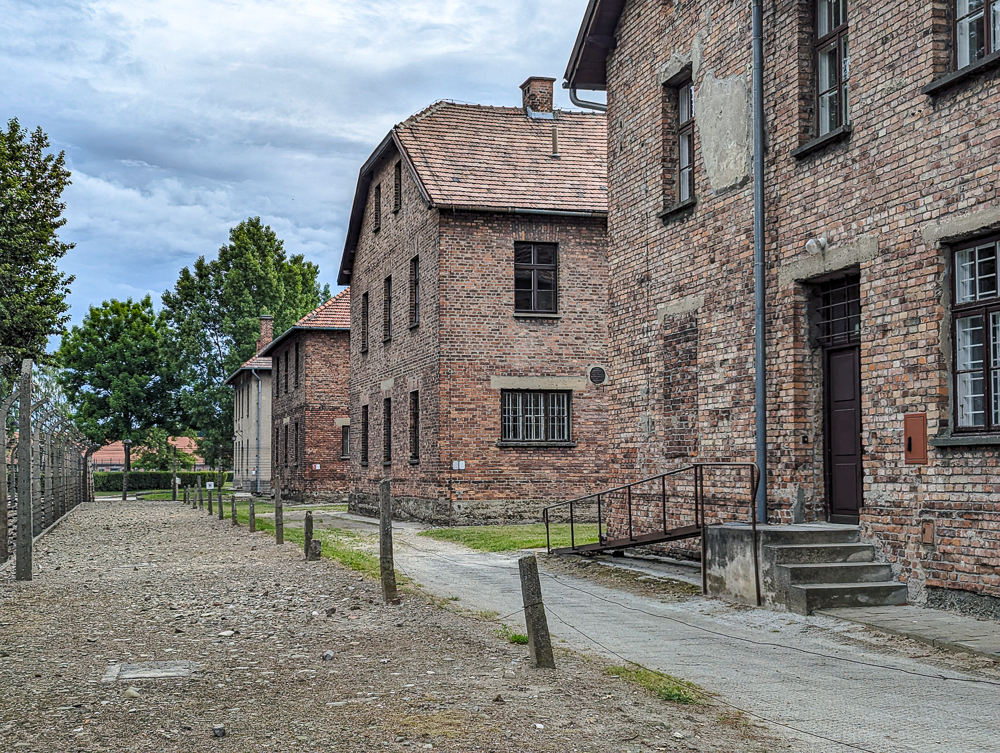
Why visit Auschwitz-Birkenau?
The answer to why someone should visit Auschwitz is probably different for everyone, many of which are likely very personal. For me, it was to bear witness, to see this incredibly significant historical place with my own eyes. Everyone knows about Auschwitz, but to experience it in person is surreal.
Learning the history of it through books and photographs can only teach you so much, providing you with an abstract sense of it at best. But hearing the sounds of it, smelling the smells, and quite literally feeling the weight of it make it undeniably real.
For others, it may be to pay tribute to those who died here and to honor their pledge to Never Forget. For many, it’s to visit the place where family members died. Whatever your reason, even if you’re not sure what it is, just know that visiting Auschwitz is important.
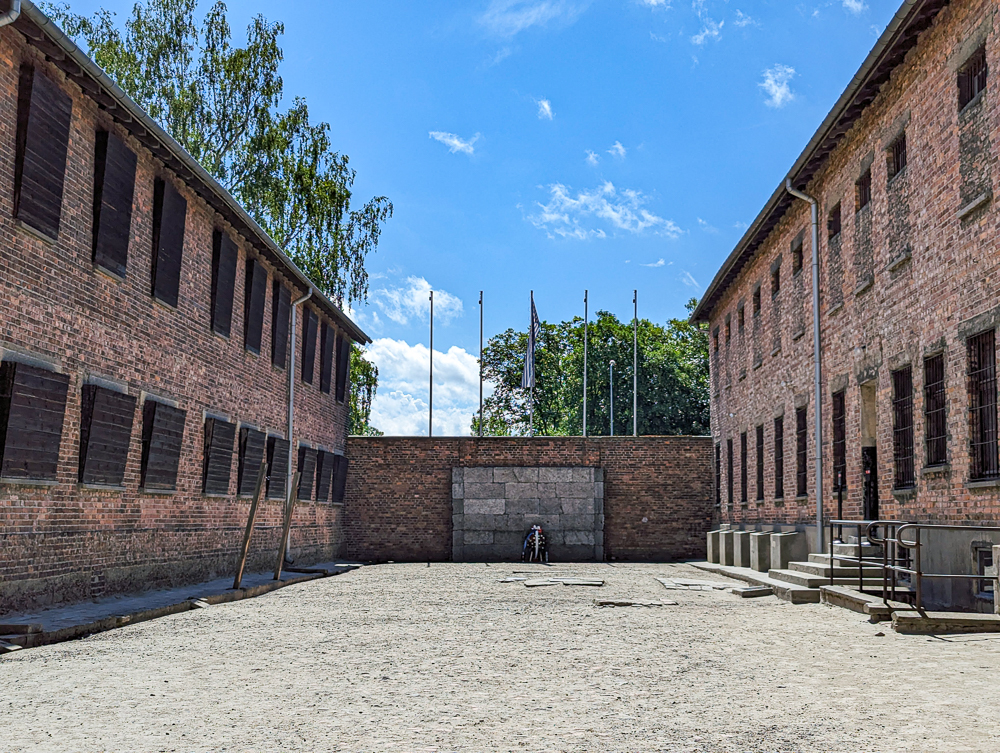
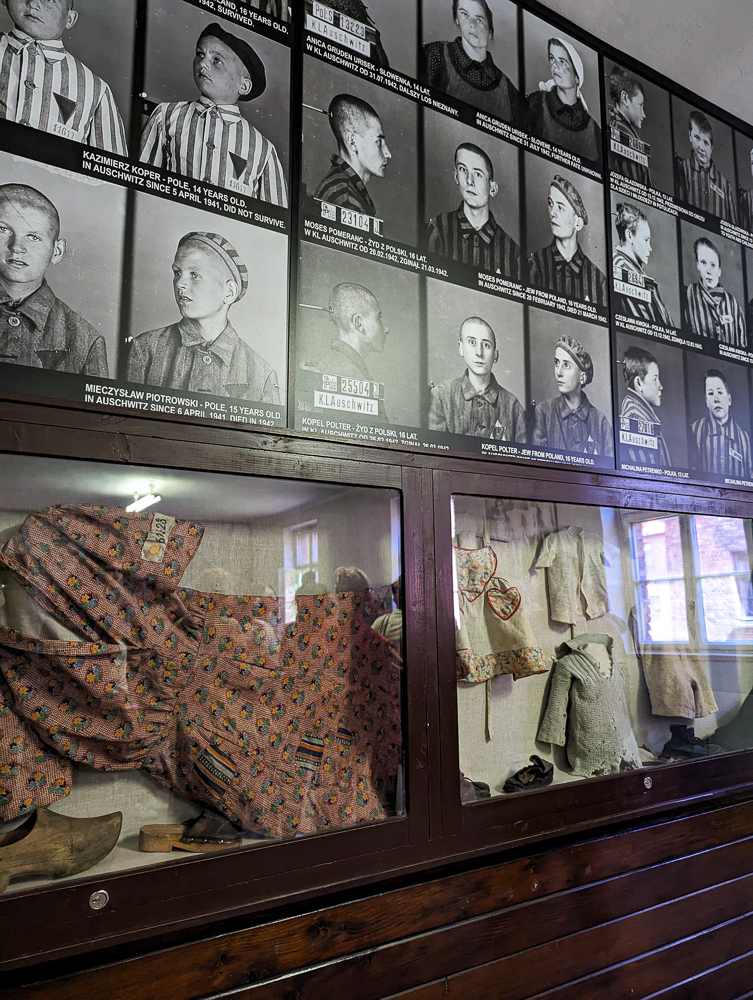
Where is Auschwitz-Birkenau?
Auschwitz is located about an hour west of Kraków in the town of Oświęcim. (In fact, “Auschwitz” is actually the German translation of Oświęcim, its Polish name. While here, you may hear it referred to as Oświęcim more than you will Auschwitz, for obvious reasons.)
Also read: WWII Sites in Kraków: 12 Great Museums & Historical Sites
How to get to Auschwitz-Birkenau
Because it’s such a well-known and heavily-visited “attraction,” there are several ways you can get to Auschwitz from Kraków.
Kraków to Auschwitz by car
If you have access to your own car, driving to Auschwitz is going to be the fastest and easiest way to get here. (You can book a rental car here.) From Kraków, it’s about a 1-hour drive to the Auschwitz visitor entrance.
Once here, you’ll find a large parking lot where you can park for a small fee. The visitors center where you check in is attached to this, as is a small building with restrooms. This lot is brand new so if you’ve visited before, this may be different than what you were expecting.
GPS address: Więźniów Oświęcimia 55 Street
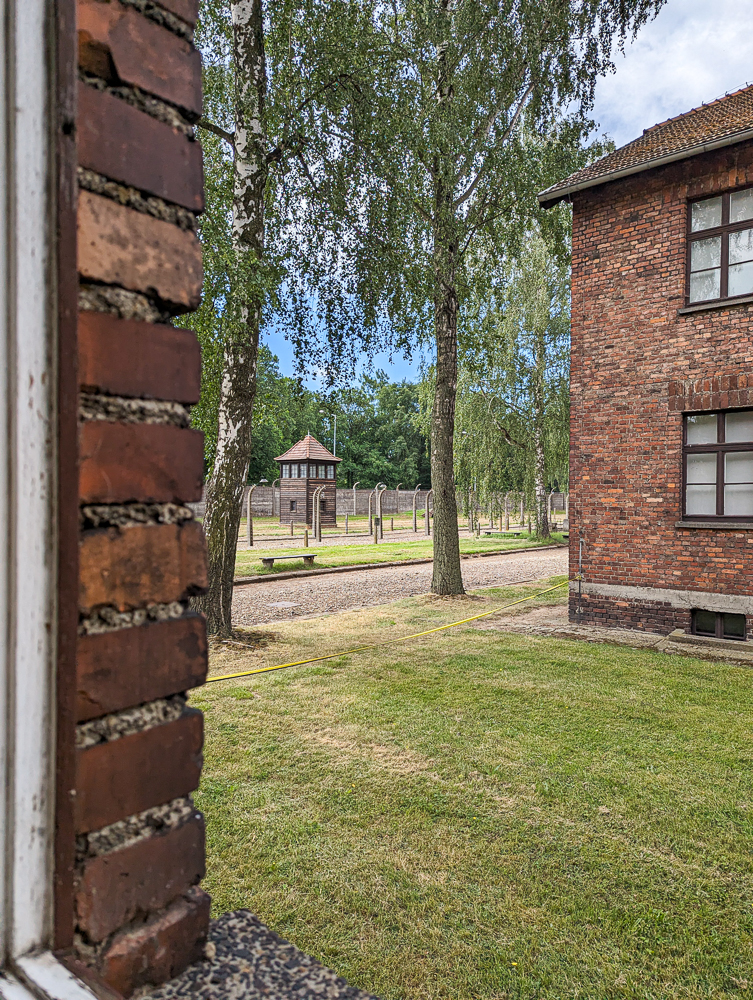
Also read: Driving in Poland: What You Need to Know Before You Hit the Road
Kraków to Auschwitz by train
You can take the train from Kraków to Oświęcim in about 1.5 hours. (See train schedules here.) You’ll then need to get from the train station to the visitors center at Auschwitz which is 1 mile away or around a 20-minute walk.
Between April and October, they offer a special shuttle bus from the train station to the visitor center. It runs daily from 9am – 4pm and takes about 5 minutes. You can purchase a ticket from the machine at the station.
Kraków to Auschwitz by bus
You can just as easily take the bus to Auschwitz from Kraków on the Lajkonik bus line. (See timetables here: to the museum / back to Kraków.) These buses will drop you off directly in front of the visitor center.
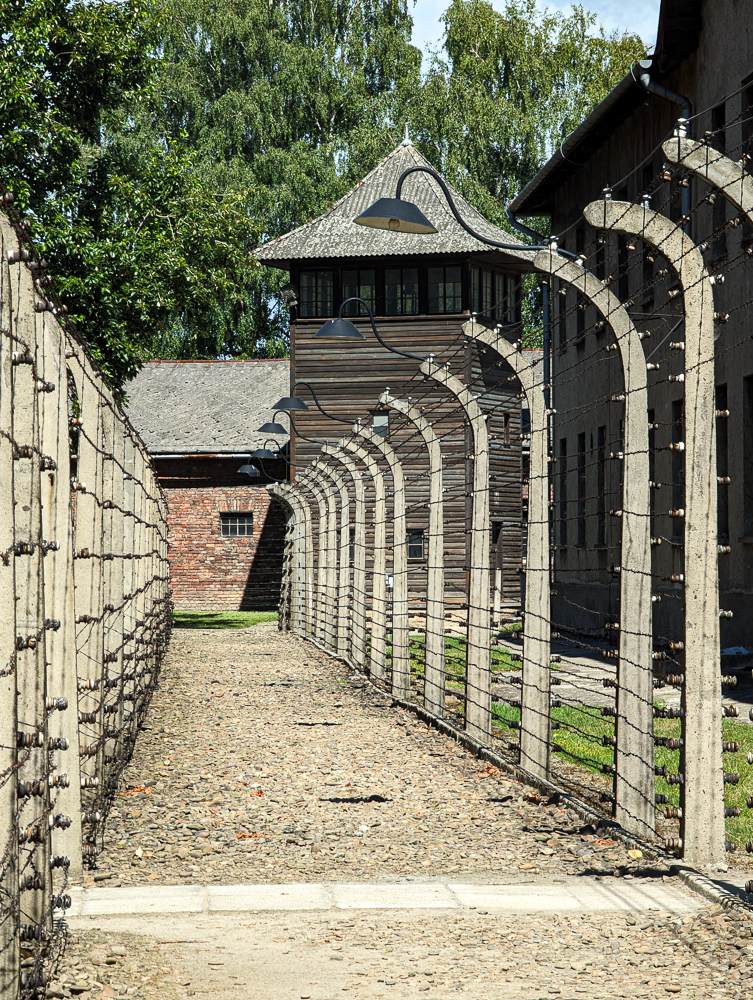
Visiting Auschwitz by tour
And if you don’t want to try to navigate any of those methods, you can also book an organized tour. These include round-trip transportation between Kraków and Auschwitz, a guided tour with a fully licensed expert, all fees, and the required audio headsets. Here are some of the most popular and well-reviewed options:
- Viator: Auschwitz-Birkenau Guided Tour with Ticket & Transfer from Kraków
- Get Your Guide: From Kraków: Auschwitz-Birkenau Guided Tour & Hotel Pickup
There are actually tons of options so if neither of those work for you, check out all available Auschwitz tours here on Viator and Get Your Guide.
See my full 2-week Poland WWII itinerary here.
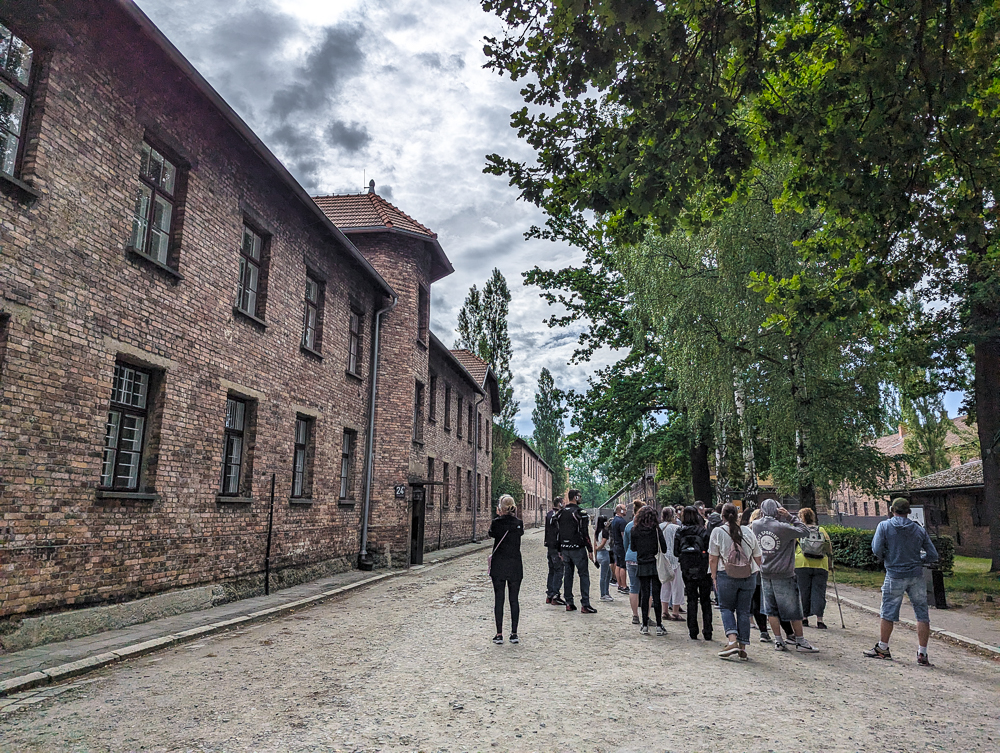
What you’ll see at Auschwitz-Birkenau
What we know as “visiting Auschwitz” is actually visiting a collection of connected sites, all of which you’ll see. They include:
Visitor Center – Where you enter which includes a reception deck, restrooms, bag/coat check, vending machines, a theater, and a waiting area
Auschwitz I – The original concentration camp which includes prisoner cell blocks, an execution yard, the camp’s first gas chamber and crematorium, the main entrance gate, guard towers, SS offices, several museum-style exhibits, the gallows where camp commandant Rudolf Höss was executed, and more.
Auschwitz II (Birkenau) – The camp’s extermination center which includes some of the original prisoner barracks, the ruins of the crematoria and gas chambers, the main memorial, the train platform and an original prisoner train car, and more.
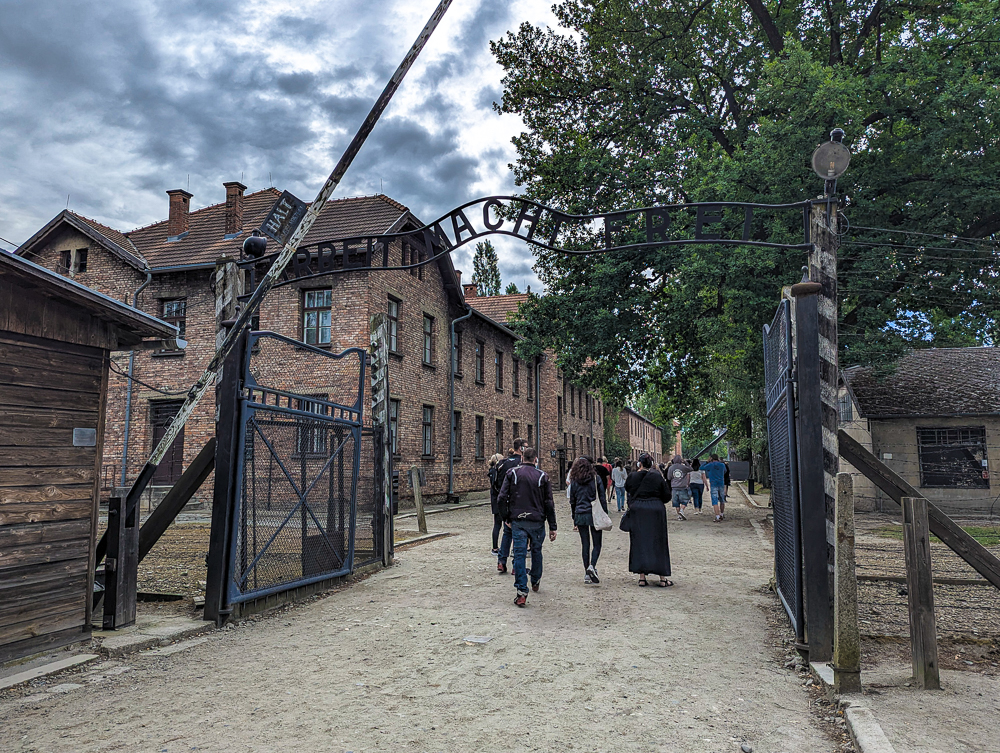
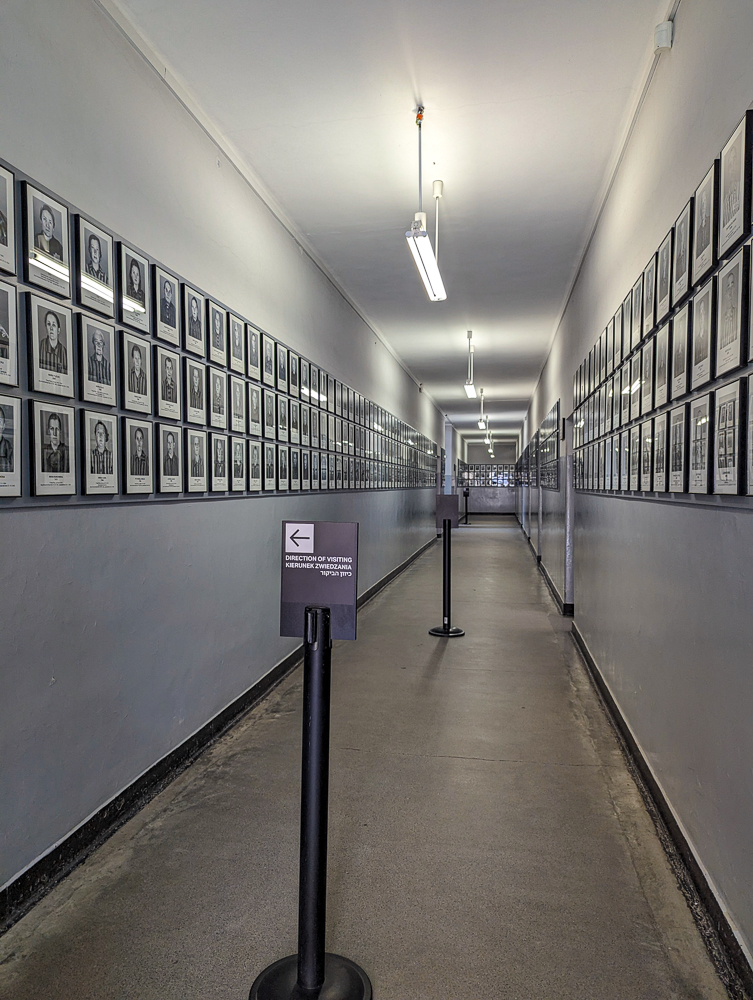
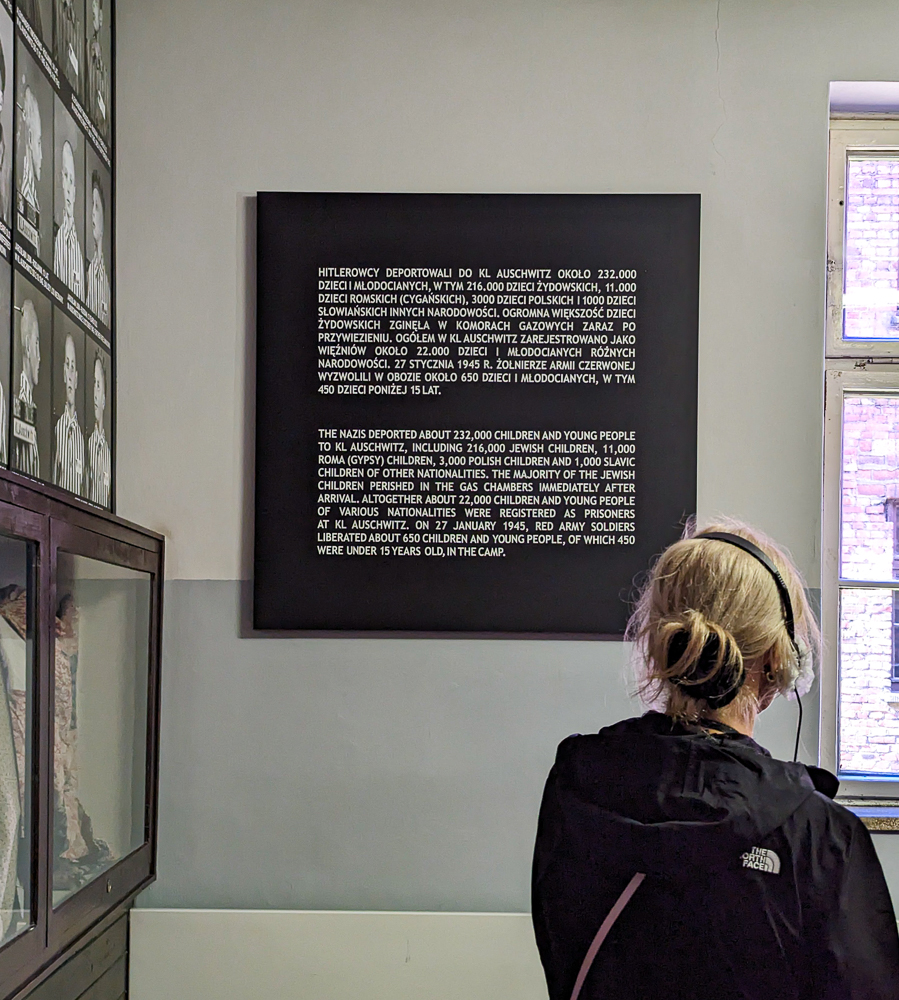
Visiting Auschwitz: What to expect
Here’s a brief rundown of how your day visiting Auschwitz will go and what you can expect:
Visitor Center
When you arrive, you’ll check in at the Visitor Center and pass through the security screening area. You’ll then wait for your tour guide to gather everyone together and begin the tour. Use this time to use the restroom, have some coffee (this is the only place you’re allowed to consume food/drinks), or check your belongings into baggage storage if you need to.
When your tour is called, your guide will pass out headsets you’ll need to wear for the duration of the tour. These are so they can speak quietly and you can still hear them.
The first stop on your tour will be the cinema hall where you’ll watch a short introductory film to prepare you for visiting Auschwitz. Actor Mark Hamill narrates the English version of this film.
From here, your guide will lead you to the entrance of the camp via a long tunnel and passageway. Along the way, you’ll hear a solemn reading of the victims’ names over the loudspeakers.
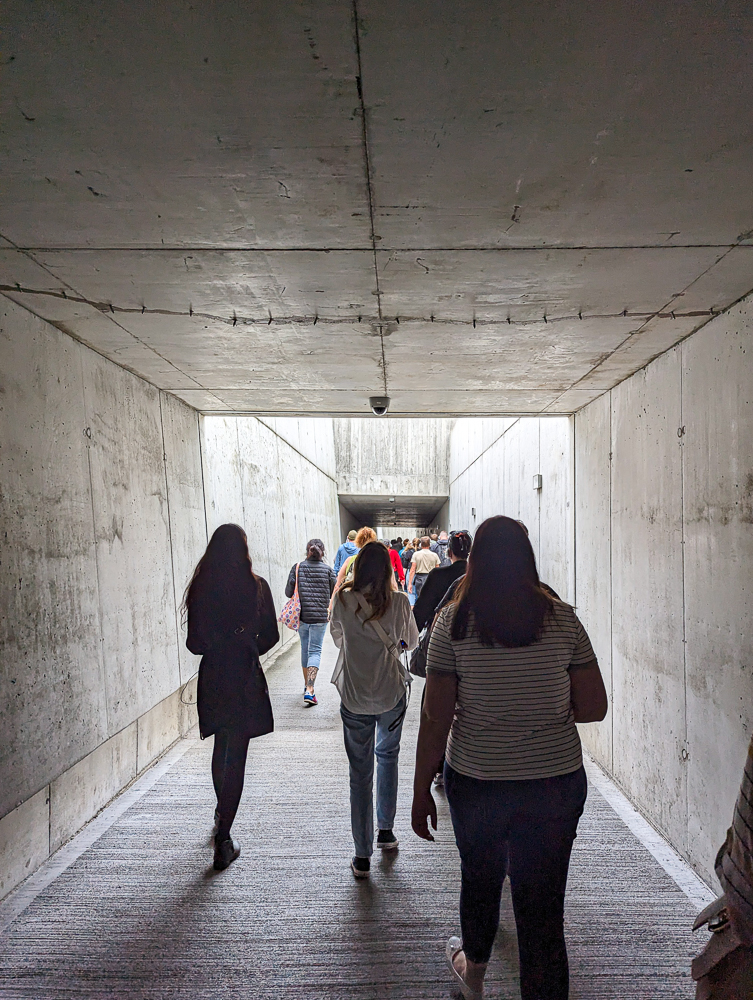
Auschwitz I
Your tour will begin on your walk to the camp. Your guide will start by explaining a bit of the history and some of what you’ll see while visiting Auschwitz. You pass through the gate with the recognizable “Arbeit Macht Frei” (“work will set you free”) sign and then tour several of the original cell blocks.
These multi-story buildings all contain museum-like exhibits on a variety of topics. You won’t visit all of them and your tour may vary from others. You’ll learn about such topics as the deportations, the victims, the processes, etc. The scale model of the gas chambers and crematoria here is especially eye-opening.
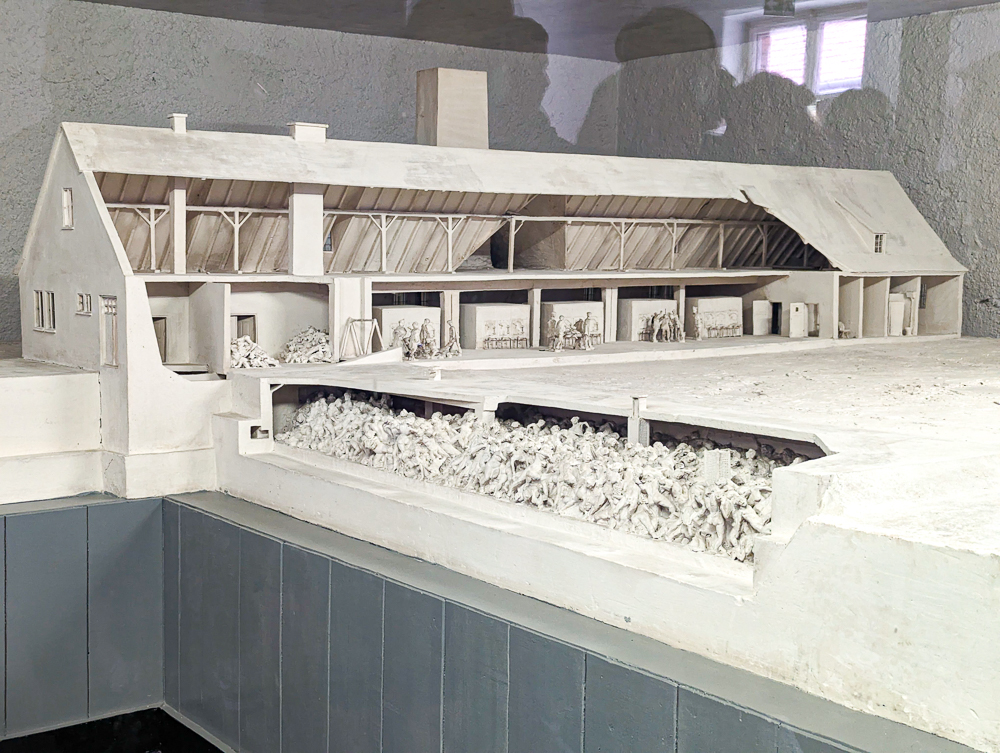
You’ll see hallways filled with photographs of the victims as well as massive collections of personal artifacts like shoes, eyeglasses, suitcases, prosthetic limbs, and more. The room filled with hair shaved from the victims’ heads right before they were killed is something I will never, ever forget.
You’ll visit the execution yard, walk past guard houses and barbed wire fences, past the gallows where camp commandant Rudolf Höss was executed in April 1947, then through the camp’s original gas chamber and crematoria.
At this point, you’ll have a short break while your tour guide returns your headsets and you wait for your shuttle to the Birkenau camp which is located 2 miles away.
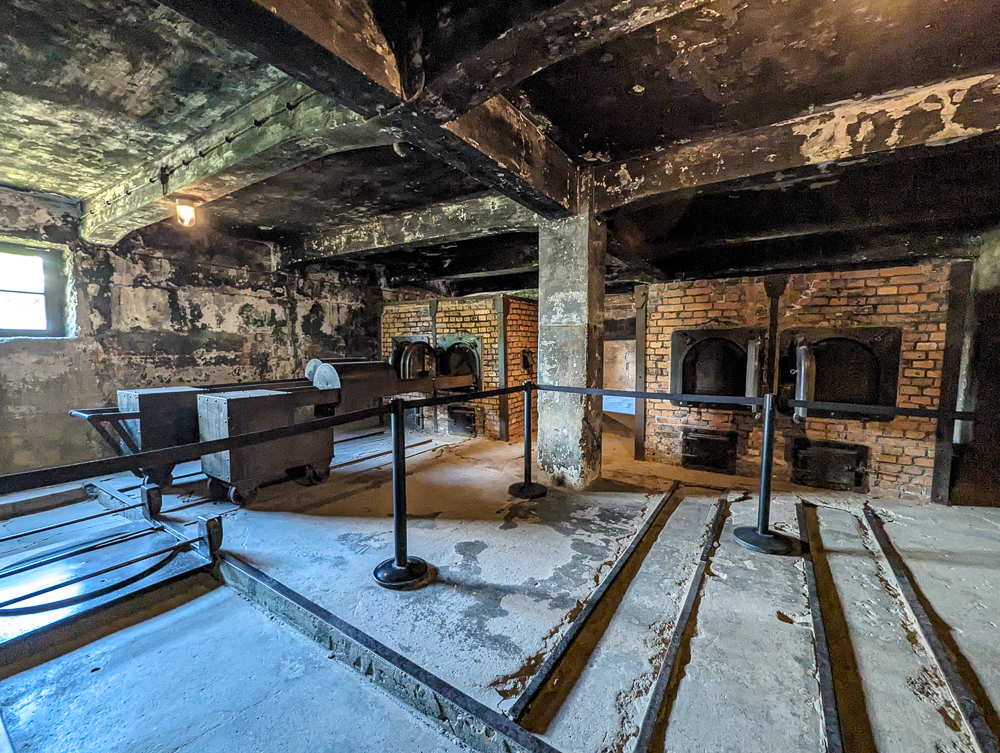
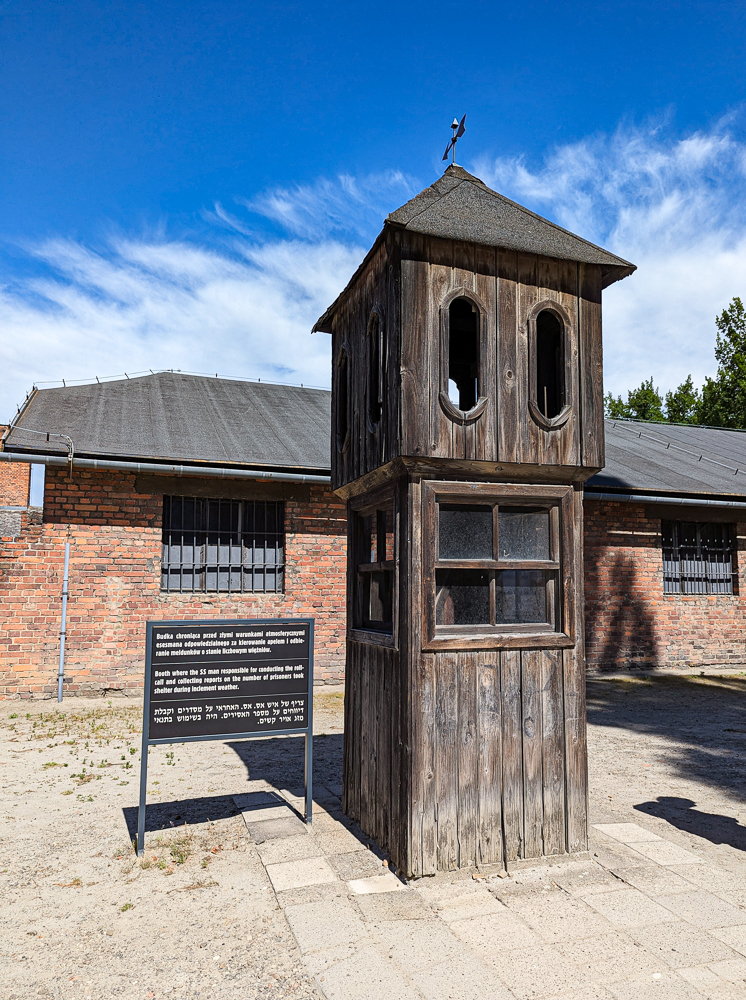
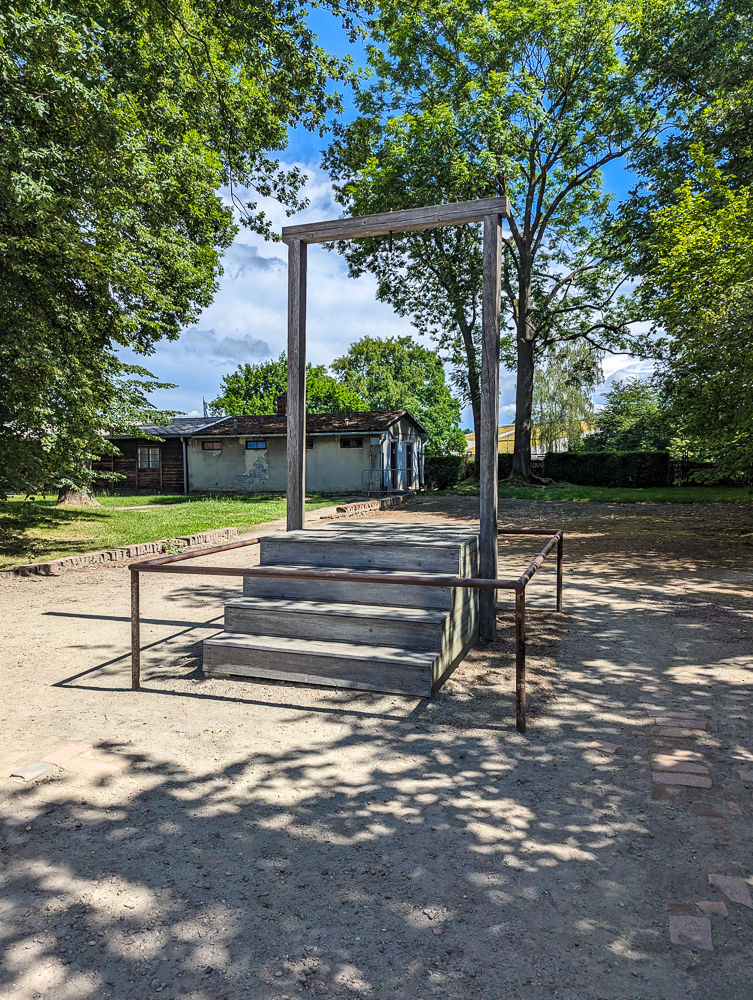
Auschwitz II – Birkenau
Upon arriving to the Auschwitz II camp, also known as Birkenau, you’ll head straight for the train unloading platform. Your guide will explain in detail the process that prisoners endured upon arriving—unloading from the train, the “selection” process, and then being marched straight into the gas chambers.
You’ll then walk through the camp to the back where you’ll see the main camp memorial. From here you’ll pass by the ruins of the gas chambers and crematoria which look just as they did after the Nazis blew them up. Your guide will then lead you through some of the prisoner barracks to learn about some of the living conditions.
Your tour ends here at Birkenau where you can hop on the next shuttle back to the main visitor center and parking area.
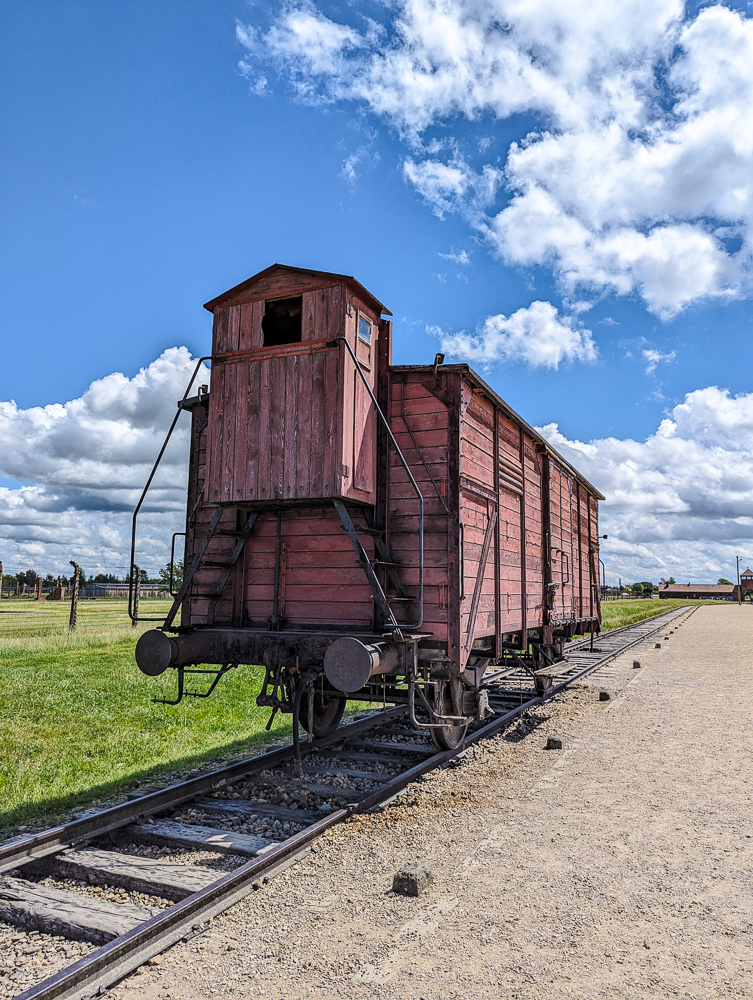
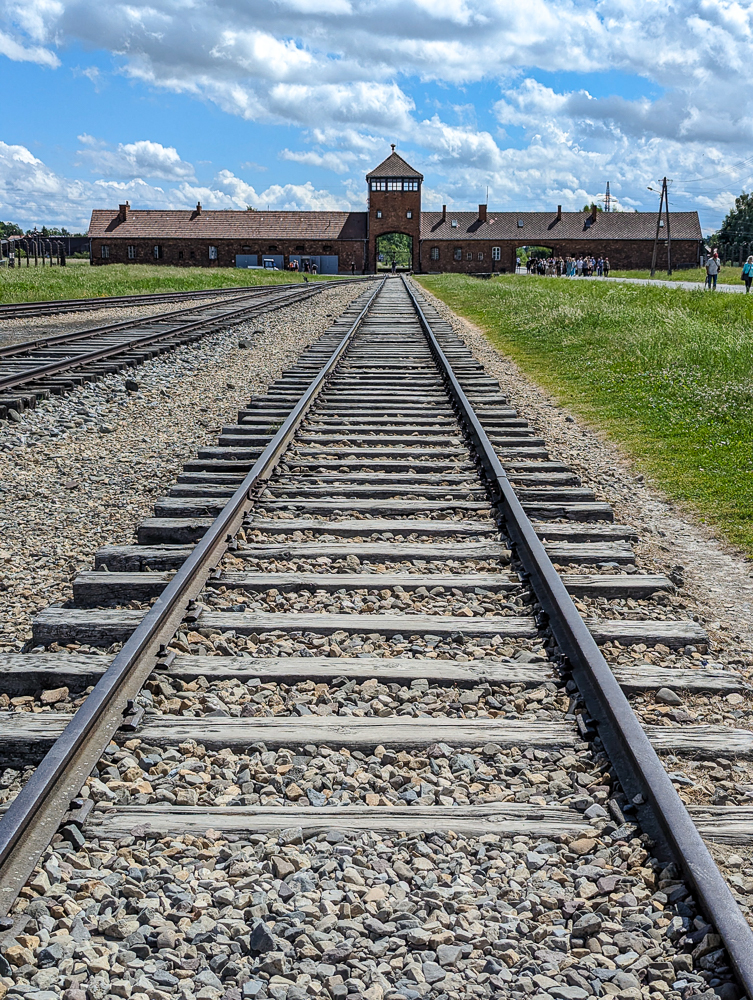
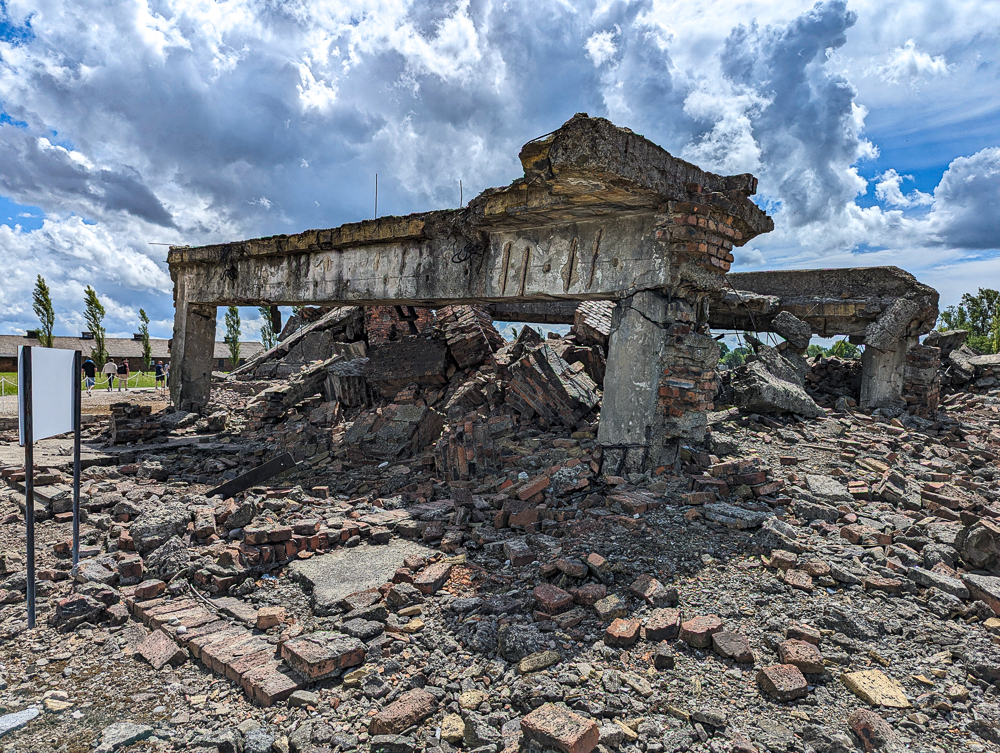
What you need to know for visiting Auschwitz-Birkenau
Visiting Auschwitz is unlike visiting any other place you’ve ever been. As such, there are a few special things to know before you go…
Take the guided tour
While it’s technically possible to visit on your own as an individual visitor, please please opt for the guided tour instead. This is really the best way to get all the information, hear the personal stories, and get your questions answered. I really can’t imagine visiting Auschwitz any other way.
Because of the popularity, the groups tend to be large (around 20-30 people). You get a headset to wear though so you can always hear your guide clearly whether you’re in the front or the back of the group.
The standard guided tours last 3.5 hours and yes every second of that is necessary. They offers tours in Polish, English, French, German, Italian, Spanish, and Russian. Polish and English tours are offered every hour of the day, every day. The others are offered only once per day.
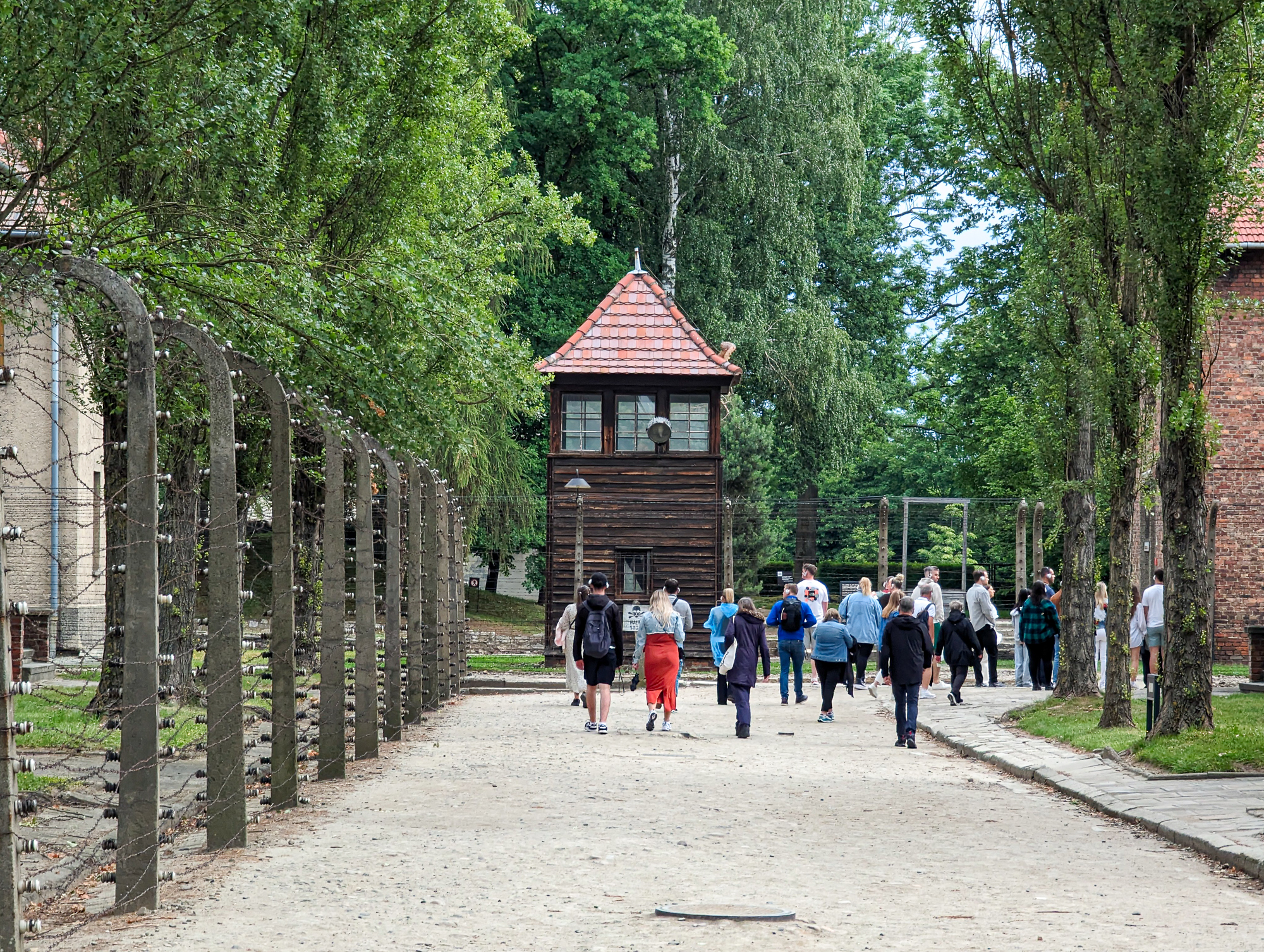
Visiting Auschwitz is free*
Technically, visiting Auschwitz is free. But, you do have to pay for parking as well as the guided tour. This cost includes the fully-guided 3.5-hour tour of both Auschwitz and Birkenau, use of the headset, and the shuttle between the two sites (which is intended specifically for people on the guided tours).
As of February 2025, the cost for an English-language tour is 110PLN which is about $27US. For Polish it’s 100PLN; all other languages are 110PLN.
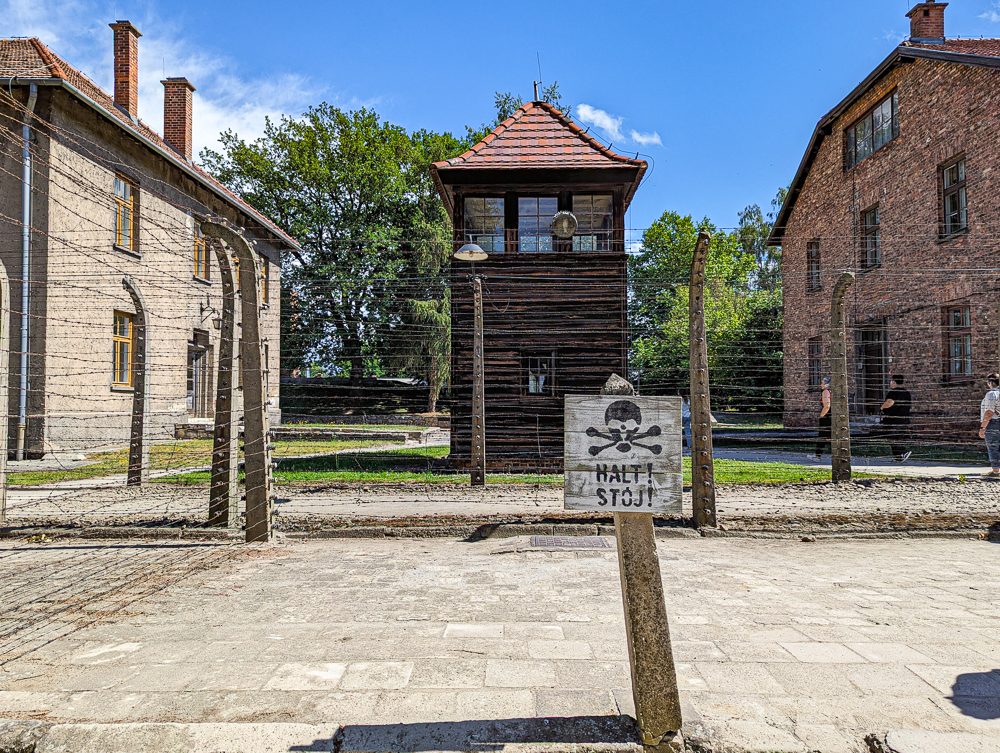
You need a reservation
In order for them to control the number of visitors at any given time, you need to make a reservation for a particular time. (This goes for both guided tours and individual visitors.) You can’t simply walk up and visit; you need to have a pre-paid/reserved entry pass in order to access Auschwitz.
And note that certain times do sell out. This isn’t a problem if you speak Polish or English as there are several available tours each day. But if you speak one of the other languages or are tied to a certain time you can go, definitely reserve your visit as soon as you can. When you go to make the reservation, it will show how many tickets are still available for each timeframe.
You can reserve your Auschwitz guided tour on this page. After choosing a date, you’ll then choose a time but pay attention to the language of each option. You can also filter the languages with the dropdown menu in the top left. (See below) At any given time, you can make reservations only for the next three months.
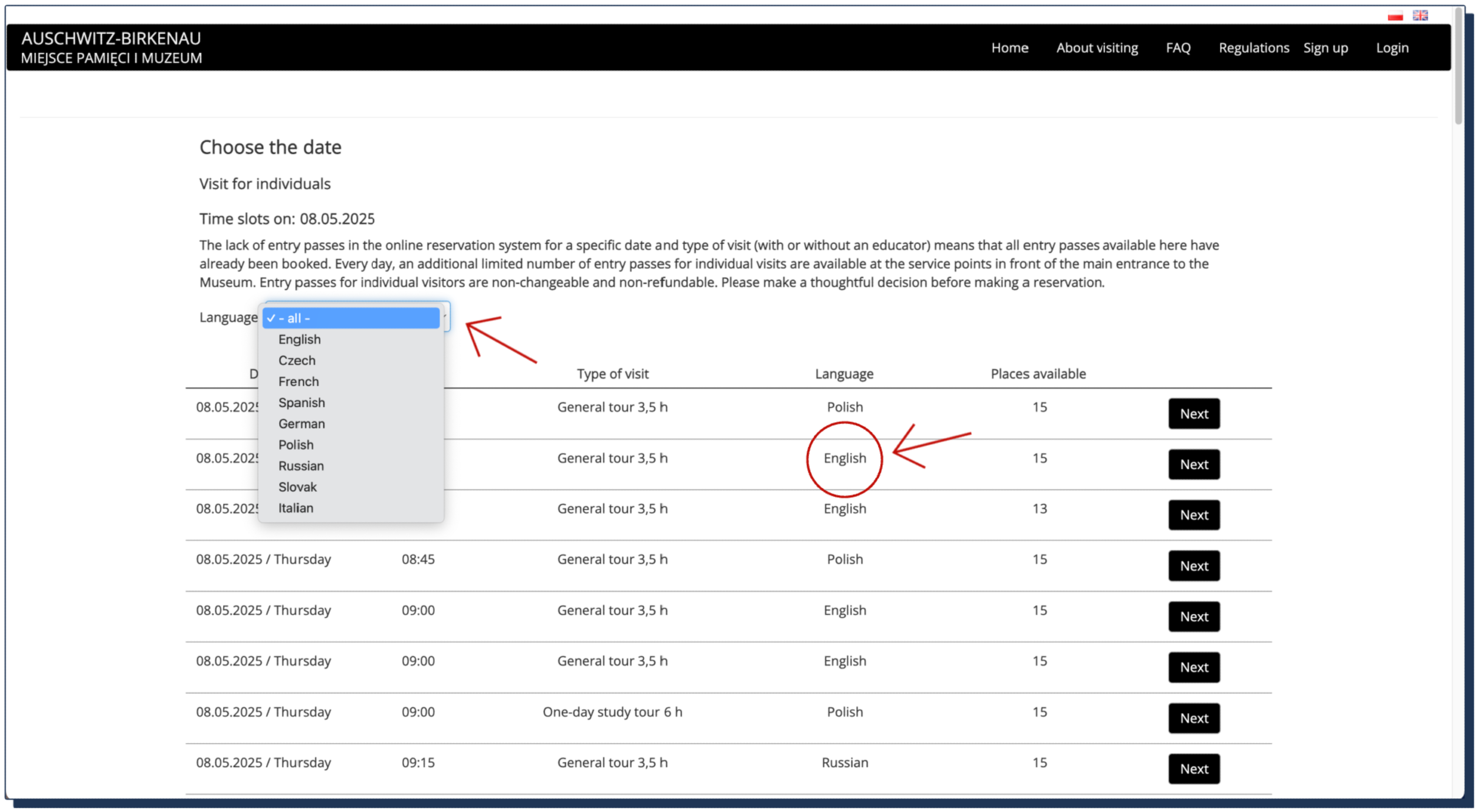
It will be emotional
I realize this seems obvious, but I still want to draw attention to it. So many people tell me they don’t want to visit Auschwitz or other oncentration camps because “It would haunt me” or “I know I would cry.” …Yeah, and?
I know for many the thought of expressing emotion in public is horrifying, myself included. (My emotional outbursts are anything but subtle.) But what I tell everyone is: So what? Pretty much everyone here is going to have a hard time controlling their emotions. (I was sobbing before we even made it into the camp, just hearing the names echoing through the tunnel.)
No one is going to judge you; you certainly won’t be crying alone; and it’s likely no one will even notice because we’re all going through it at the same time. Honestly, it’s the ones who aren’t moved to tears that worry me.
Please don’t let this be a reason you pass on visiting Auschwitz. Just bring a packet of tissues and allow yourself to feel all the feels, even if it haunts you. Especially if it haunts you.
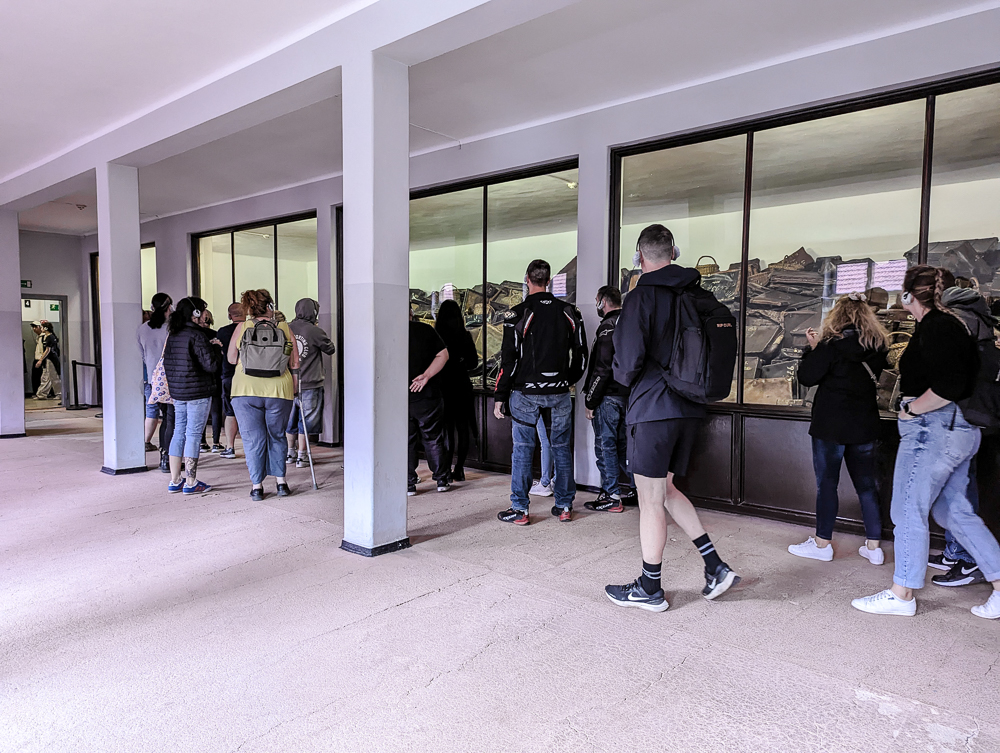
Other necessary information
Here are a couple more important things to know for visiting Auschwitz:
Photography is allowed EXCEPT in the room with the hair and in the basement of Block 11. Your tour guide will remind you at each of these places.
Only small bags are allowed on the tours. You can leave bigger bags and even luggage at the baggage storage area in the Visitor Center.
Wear good shoes. 3.5 hours is long for a walking tour. You’ll climb old, worn steps and walk over gravel, dirt, rocks, grass, pavement, and more (all of which could be wet when you visit). Be sure to wear solid comfortable shoes.
14+ only. Auschwitz highly recommends against visits by anyone under the age of 14.
You can view the full list of official rules and regulations here.
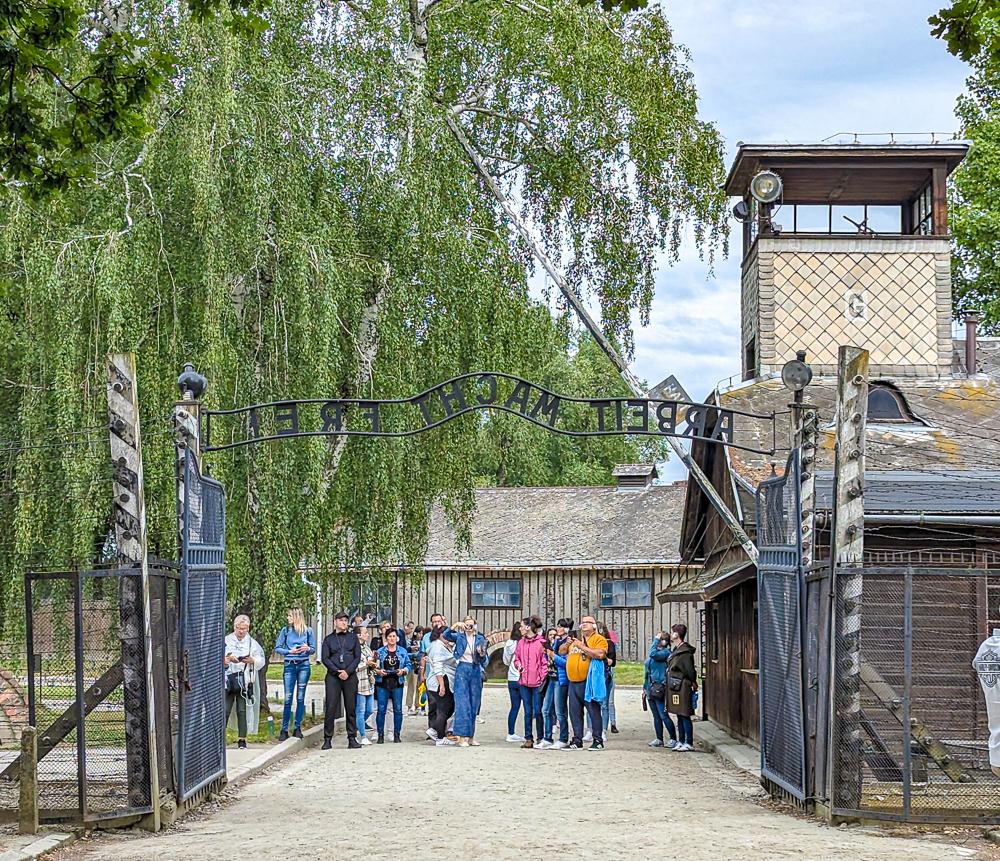
How to act at Auschwitz
Sadly, you will see people acting inappropriately. I say this with confidence because I see this at nearly every concentration camp and historical site I visit. I think the issue is that people just don’t understand what constitutes “inappropriate” at places like this and/or can’t escape their own self-interest. To hopefully get ahead of this, remember the following:
Do not take selfies at Auschwitz.
This has been a whole thing here with Auschwitz publicly condemning this habit, and I fully agree with them (which is why there are so few photos of me on this site). I won’t get into the whole sociology of selfies and social media, but just know that at a place like this, it’s extremely disrespectful and just all around distasteful.
Focus your attention and photographs on the camp and its victims, not yourself.
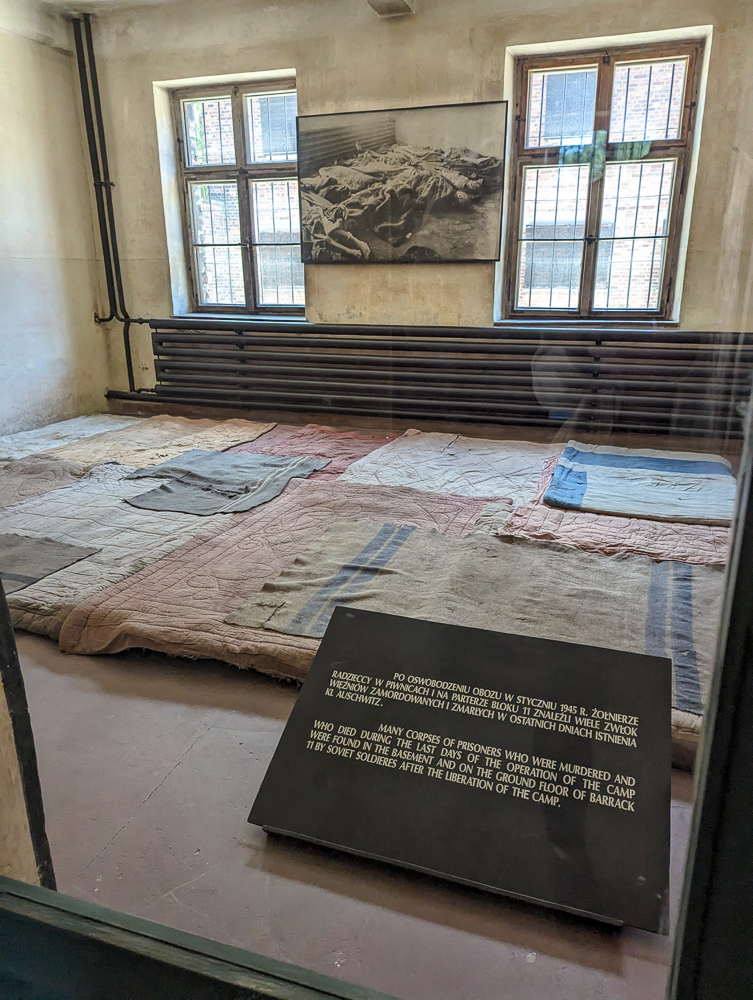
Don’t take photos of yourself at all actually
Another thing I saw at Auschwitz and that I’ve seen at almost every other concentration camp I’ve visited is people getting other people to take their photos. Why? That’s not rhetorical; please, give me an answer!
At Dachau and Terezin, it’s always in front of the Arbeit Macht Frei gates. At Auschwitz, it was in front of the memorial. A man had another family member take a photo of him and his wife together in front of the memorial, the one right next to the gas chambers, smiling. WHYYYYYY?
It’s one thing to do this in front of something like the Eiffel Tower or the Statue of Liberty, but here? Where over a million people were tortured and murdered in the most horrific ways imaginable? My first thought is always, “Is that going on your Christmas card this year?”
Whatever people’s motivations are for doing this, it’s never okay in my book. You don’t need to be in the photo to show people you were here.
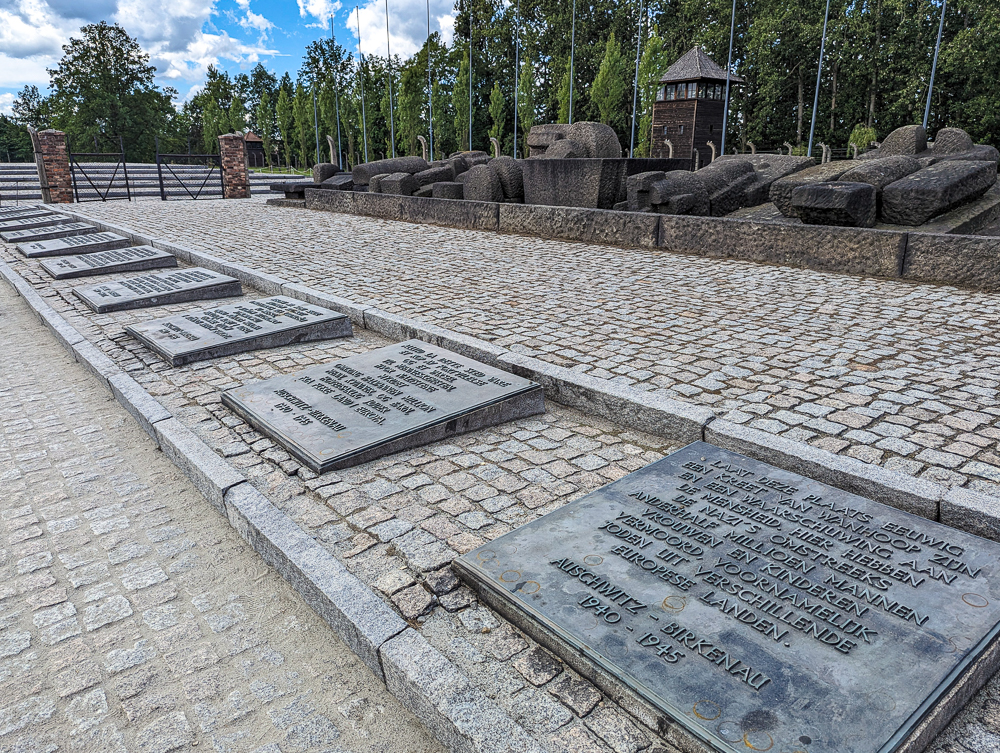
Do not take pictures where you’re not allowed to
Auschwitz-Birkenau allows photography throughout both sites with the exception of two specific places: inside the room filled with human hair, and in the basement of Block 11. The guides tell you this several times.
And yet, there’s always someone being that guy. PLEASE don’t be that guy. These rules exist for a reason; what makes you feel that you are entitled to ignore them? This is so disrespectful—to the victims, to the guides, and to everyone else on the tour who sees you do this.
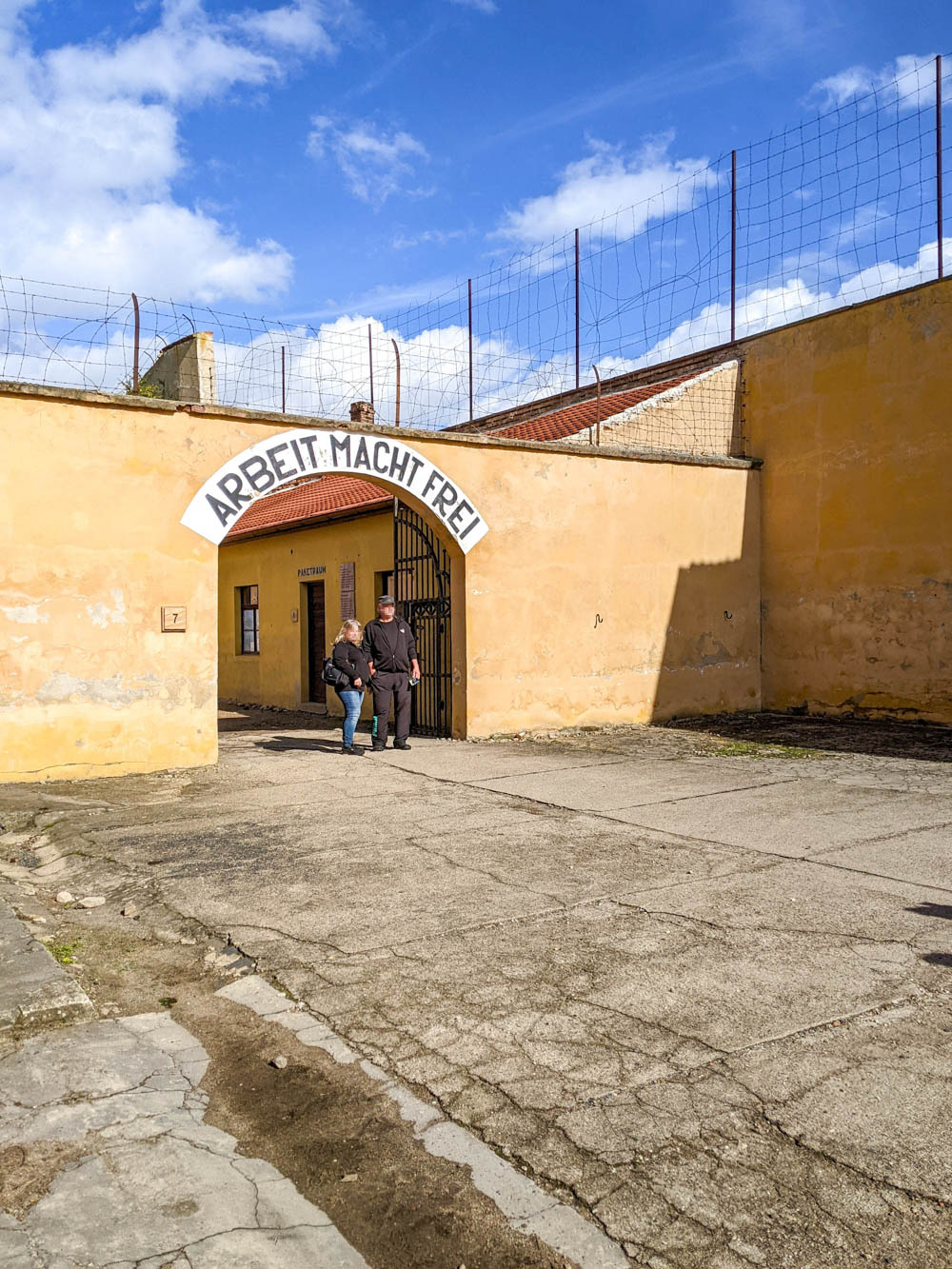
Dress respectfully
Obviously, this will be different for everyone, but you probably already know what you should and shouldn’t wear to certain places. Besides the actually prohibited things to not wear at Auschwitz (anything displaying “symbols and signs promoting Nazism or other totalitarian systems” for example), remember that this is a memorial, a place for mourning.
There’s no official dress code, but obviously you want to keep things covered and pay special attention to shirts with images/logos/words on them, just in case they send the wrong message. And (my personal pet peeve) maybe stay away from any blue and white striped shirt, pants, or dress that in any way resembles this:
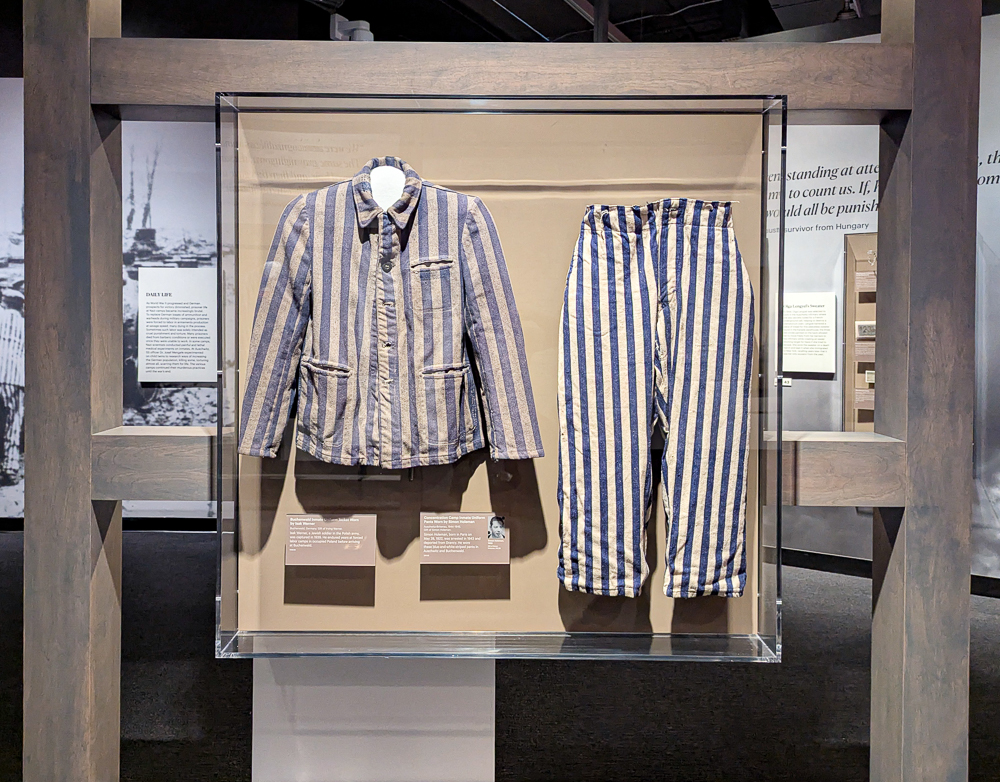
Visiting Auschwitz: Essential information
Here’s the most basic information you need to plan your trip to Auschwitz-Birkenau (accurate as of February 2025):
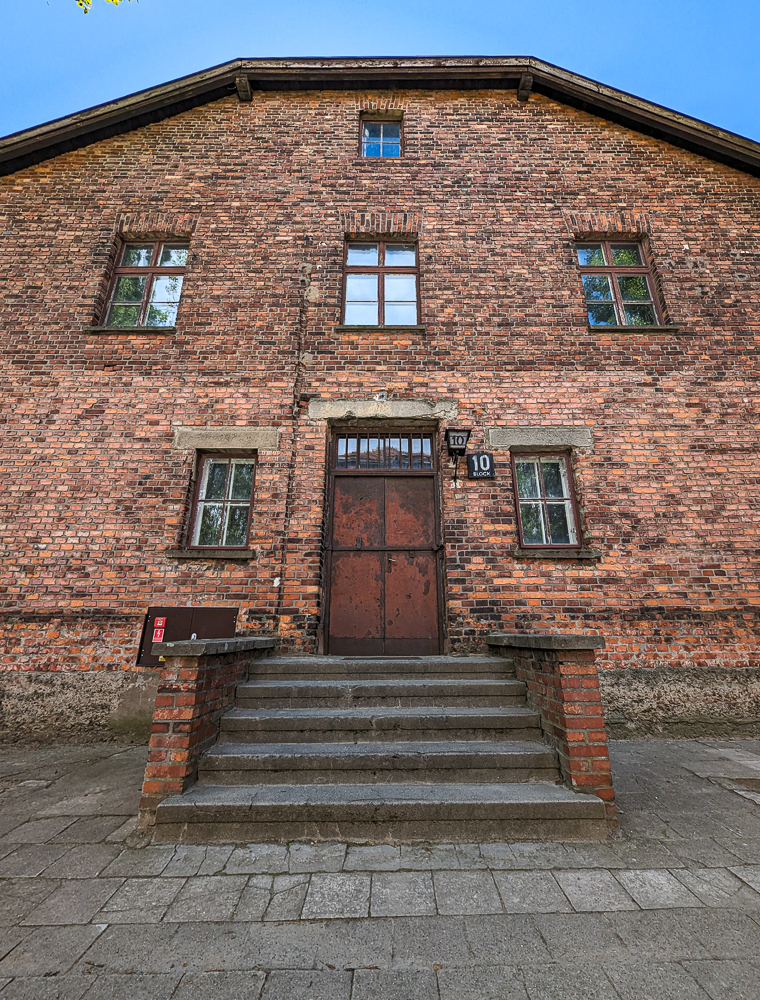
Where to eat near Auschwitz
One of the big rules at Auschwitz is that no food or drinks are allowed on the premises (other than bottled water). You’ll be able to find some vending machines in the Visitor Center, but this is the only place you can actually consume the goods.
The guided tour is long but, honestly, you probably won’t even have the stomach for food at this point. Still, I’d recommend to just eat before you arrive and not plan to eat again until you leave. Even then, you have limited choices.
There aren’t a whole lot of restaurants near the historic site, but if you’re looking for a nice quiet place where you can process what you just experienced and get some great food and friendly service, head to Restauracja Degolówka. (FB page here.)
This lovely place is worth the 13-min drive from the Visitor Center. Ironically, the name comes from Charles de Gaulle who lived in this building while stationed here after World War I. After he became president of France, he returned to this area and stayed here again. There’s a plaque on the wall commemorating this.

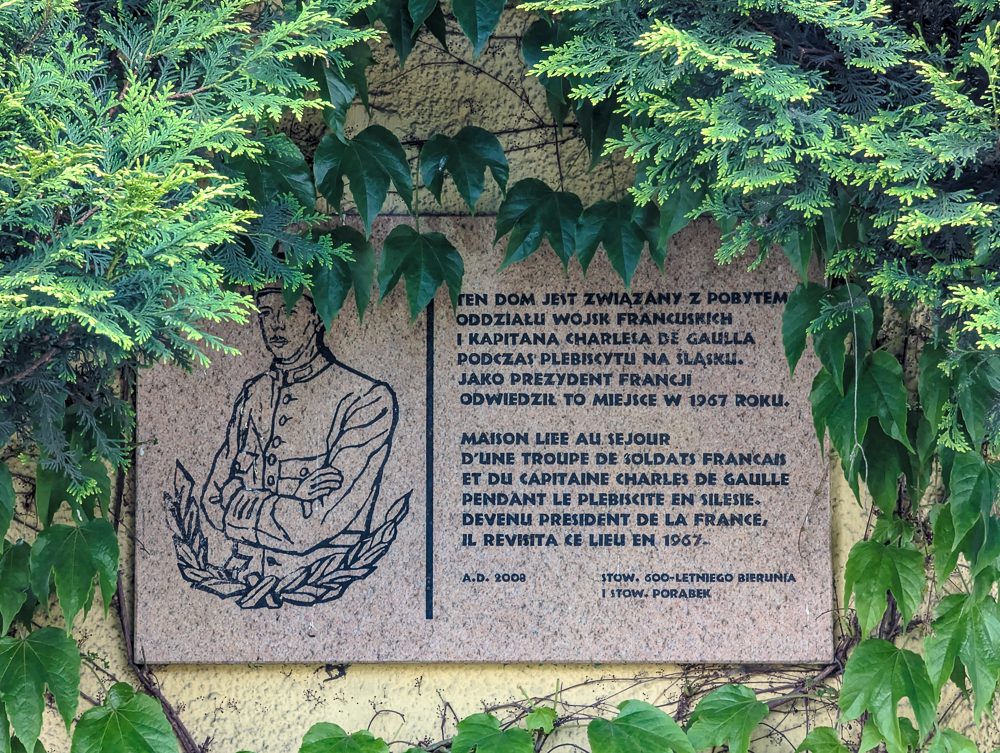
Suggested books for visiting Auschwitz
Of all the World War II topics out there, I’d be willing to bet there are more written about Auschwitz than anything else. Here are a few you can start with:
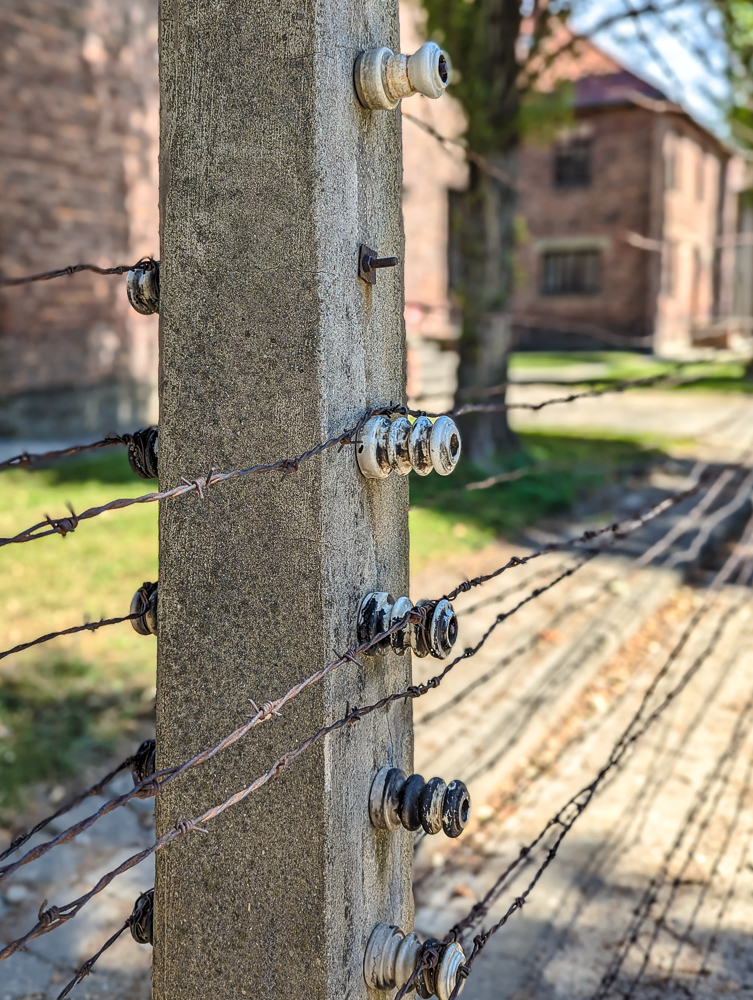
Suggested movies for visiting Auschwitz
There are just as many movies, shows, and documentaries on this topic too. If you watch only a few, make it these:
For more great books to read and movies to watch before visiting Poland, see my full list in that link.
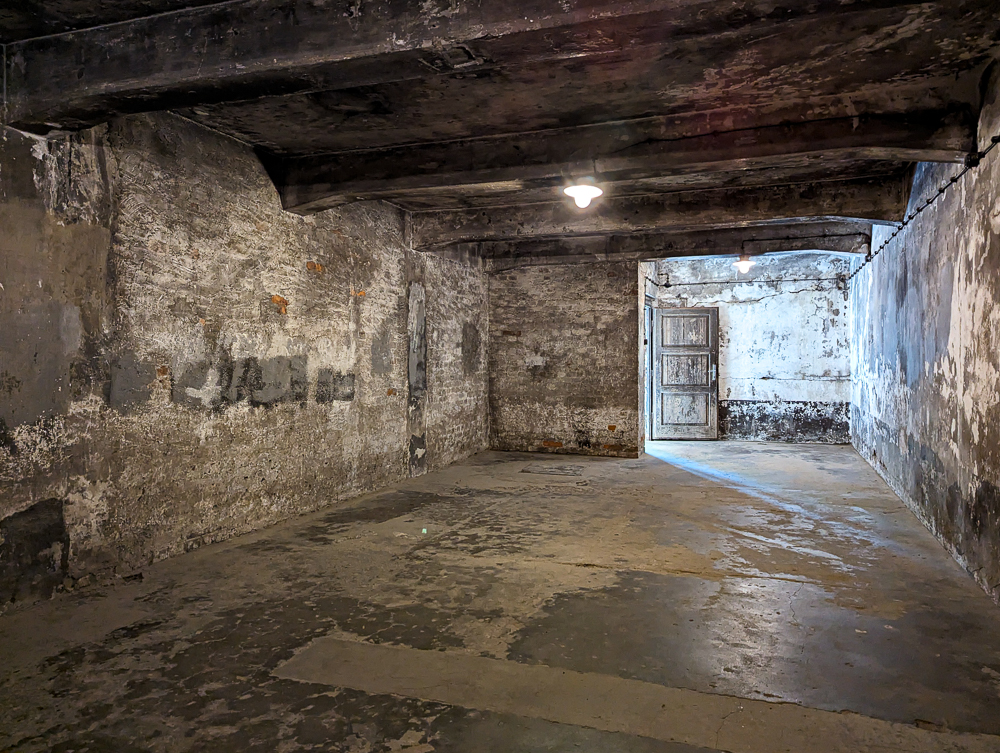
Where to stay in Kraków
Kraków is one of the most visited cities in Poland as far as tourism goes so there’s no shortage of great hotels to choose from. Start here with these suggestions:
There are tons more options though! See all Kraków hotels options here.
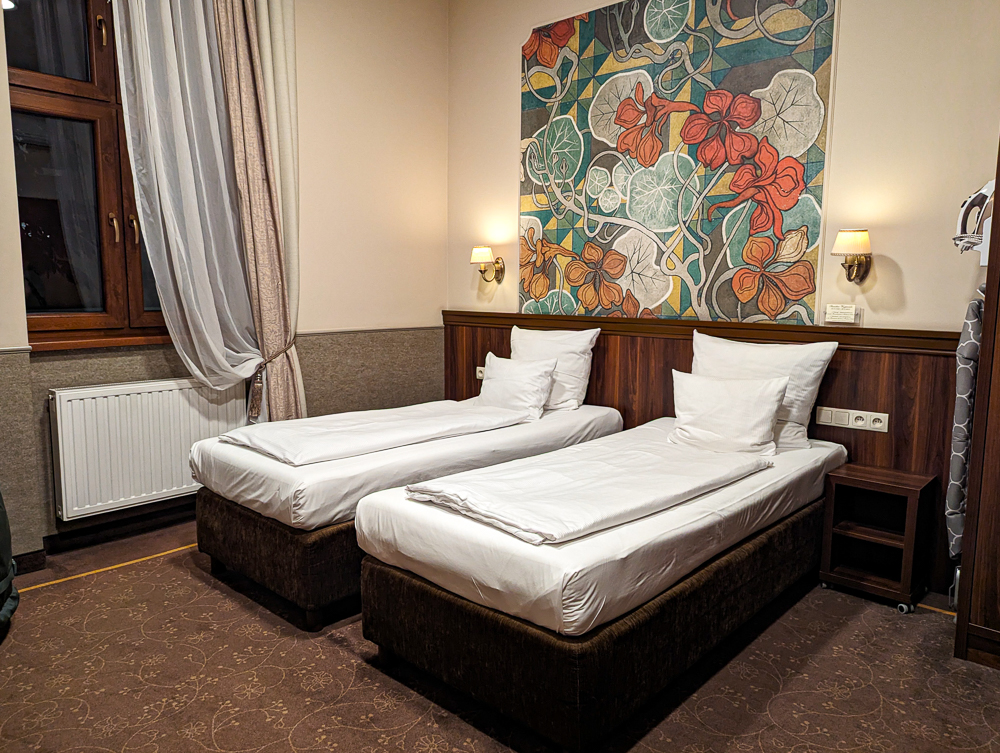
More info for your visit to Poland
- Hotels: Find great places to stay on Booking.com (my go-to). Expedia and Hotels.com are worth checking too. VRBO is best for apartment rentals.
- Rental cars: Check out the best local rental car deals here.
- For more local tours, check out all the options from Viator and Get Your Guide.
- Don’t forget a Poland guidebook and this must-have Poland customs and culture guide!
- Want more? See all my Poland posts here.
Like this post? Have questions about visiting Auschwitz-Birkenau? Let me know in the comments below. Thanks for reading.

Save this info, pin these images:
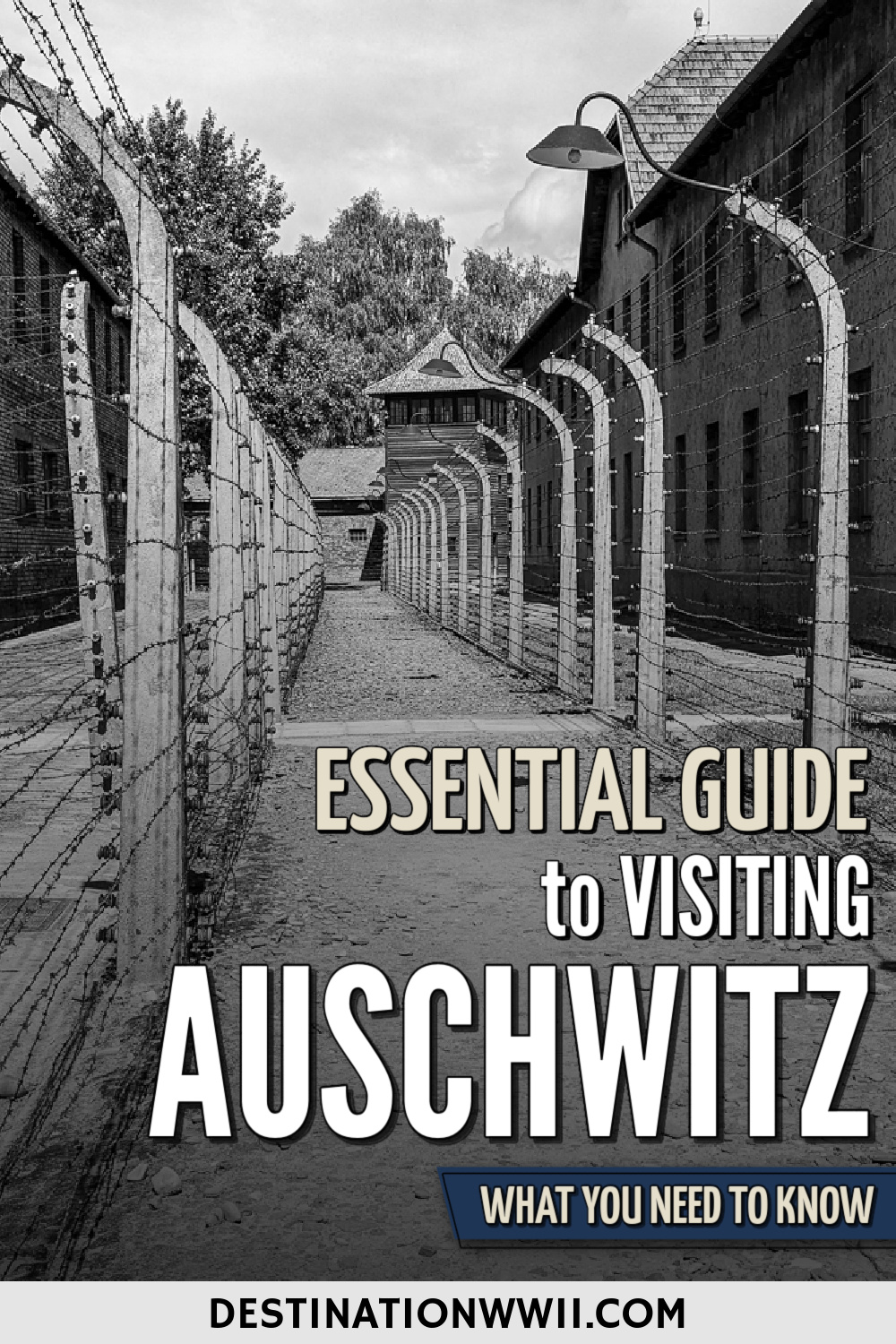
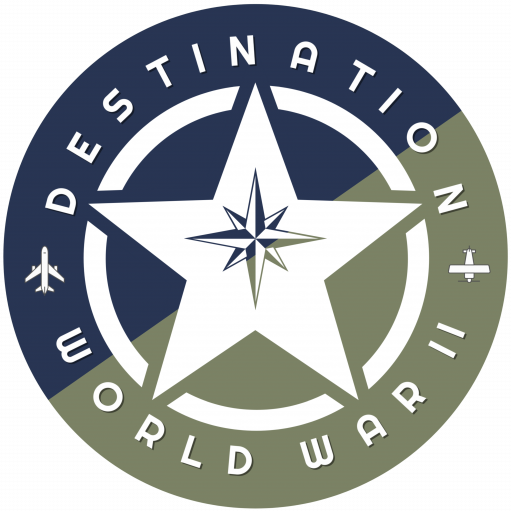
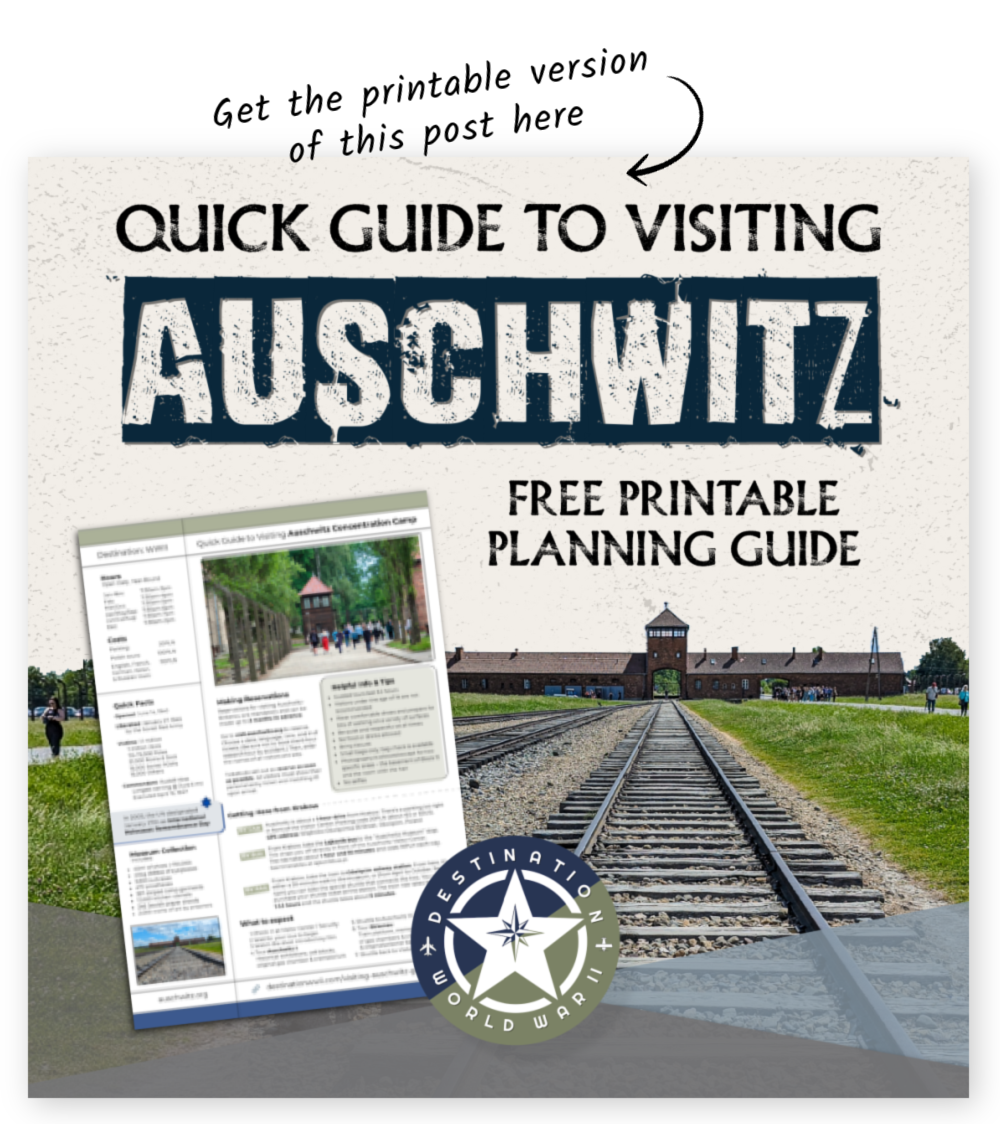
Hi Ashley..
I found this post (Actually all your Posts) very interesting and valuable. We are planning a trip to Krakow in September and plan on visiting Auschwitz. Is your essential guide to Auschwitz available in a PDF download?
Thank you, Vince! And yes, you can download it here: Quick Guide to Auschwitz